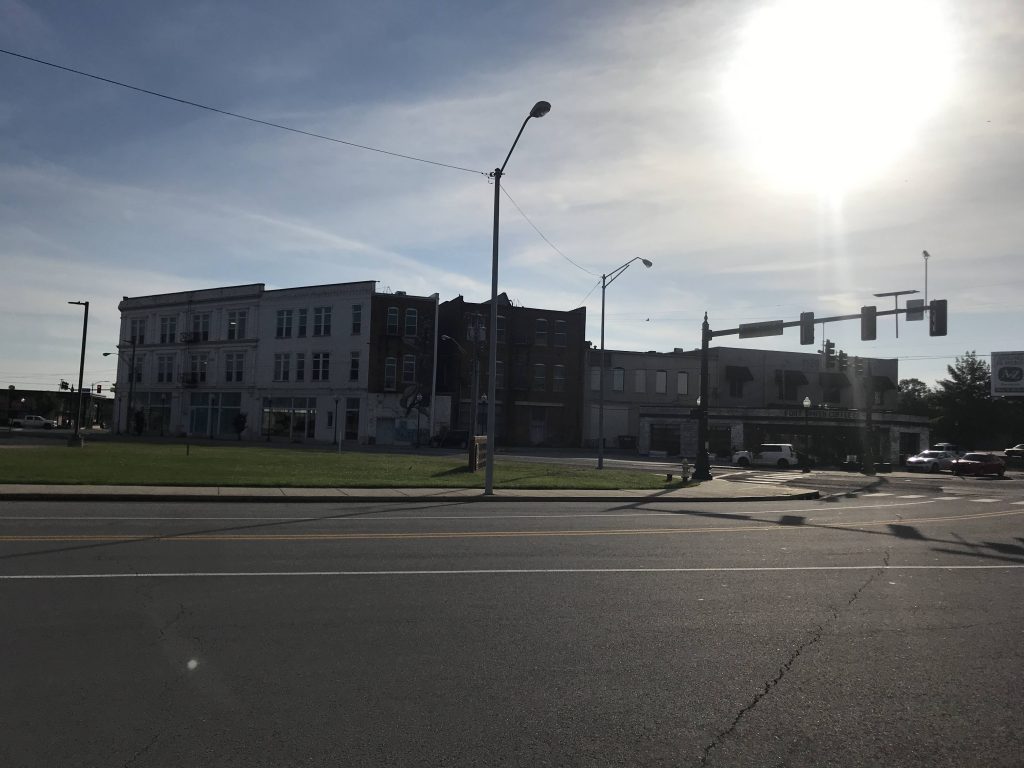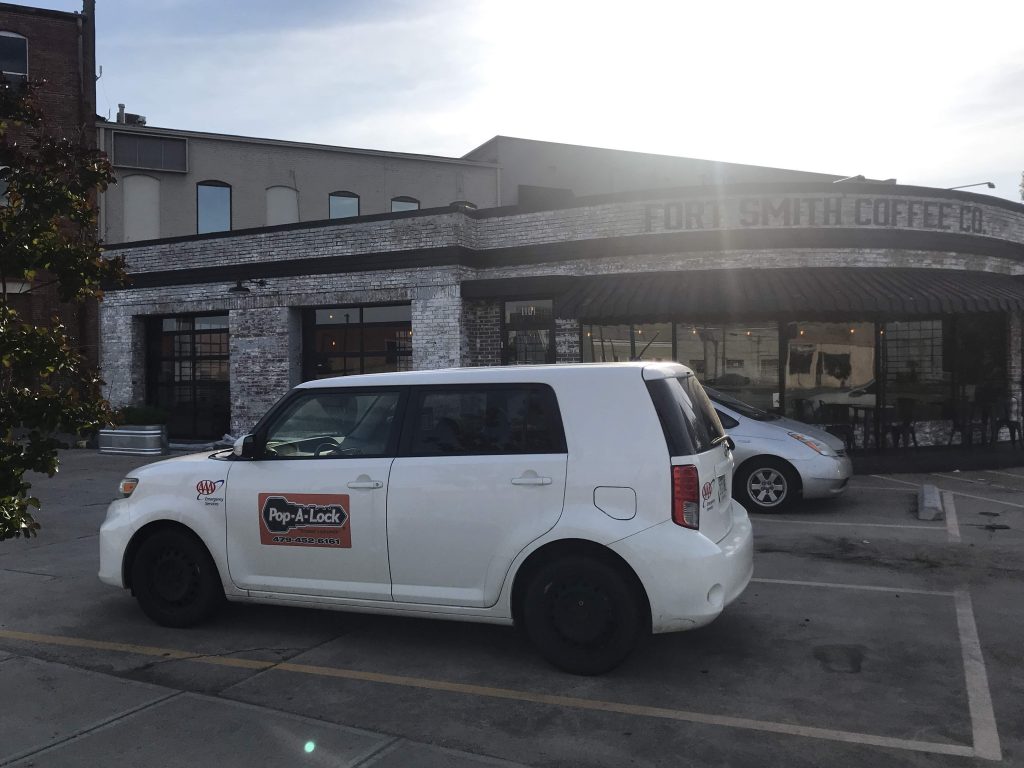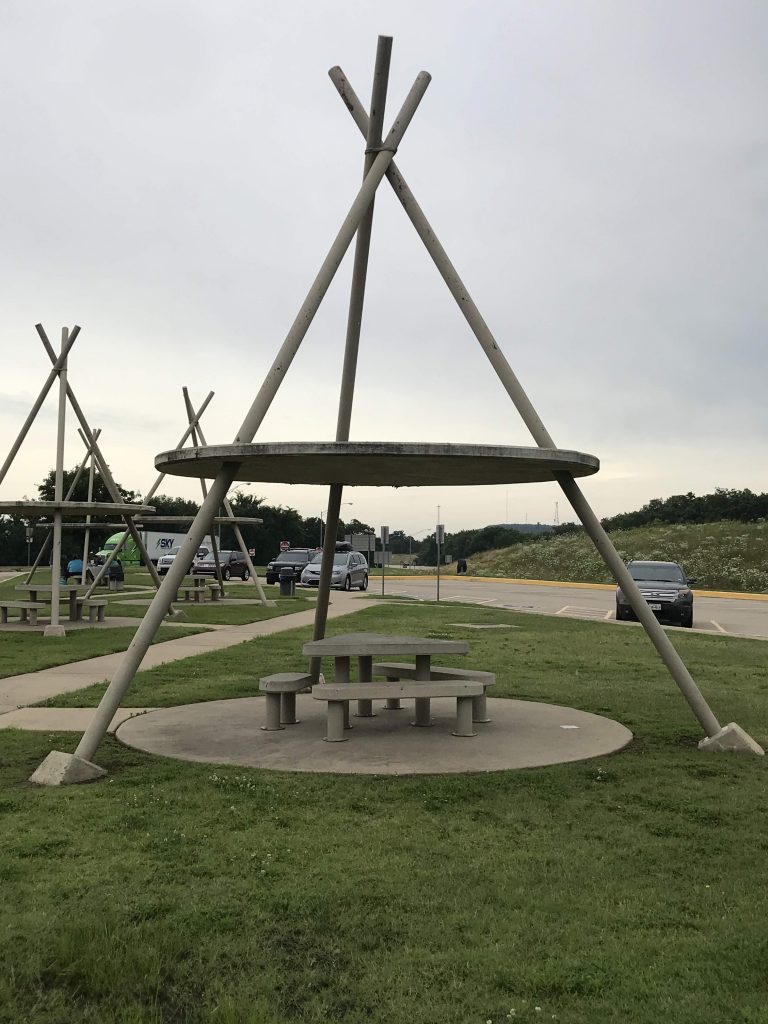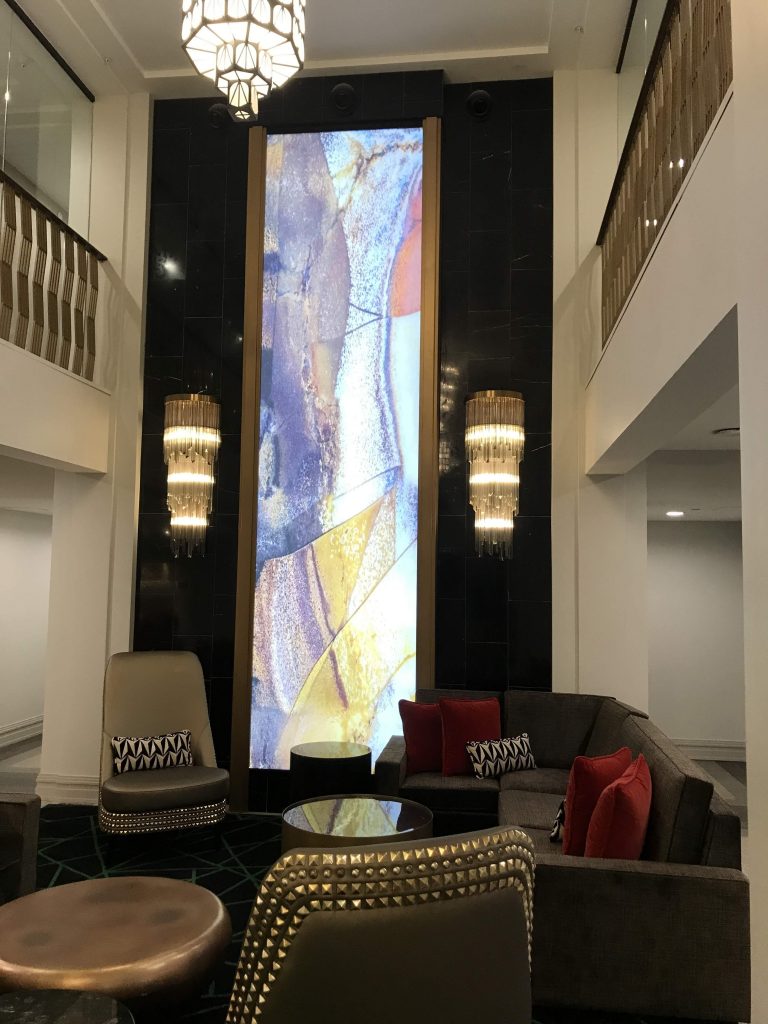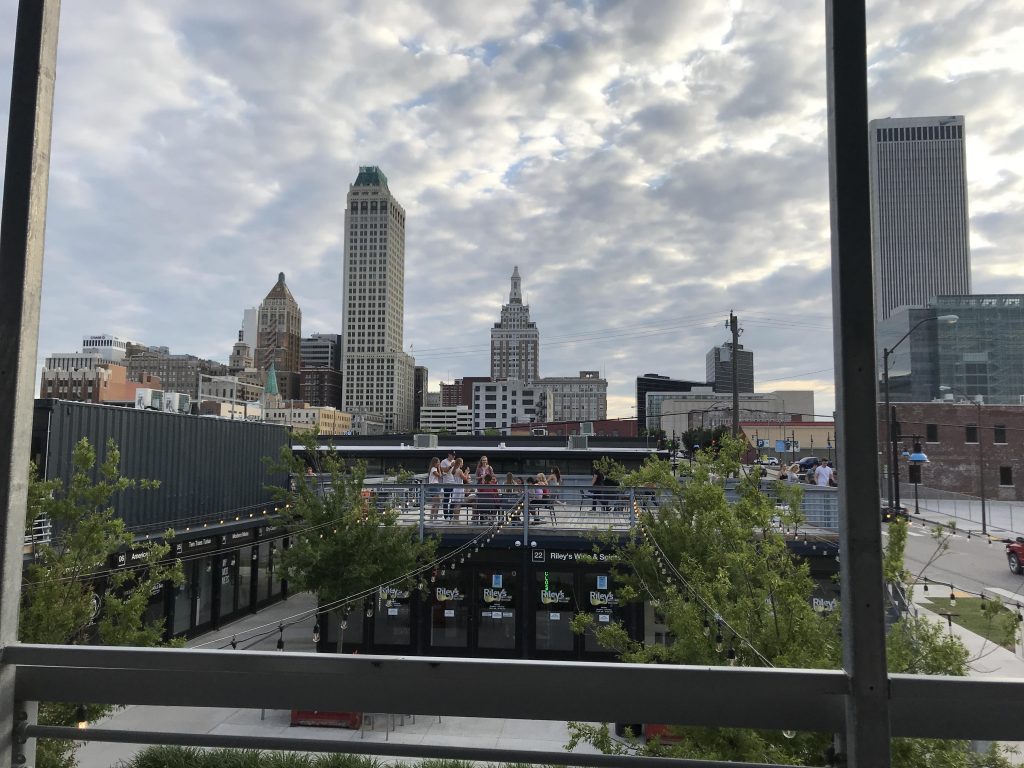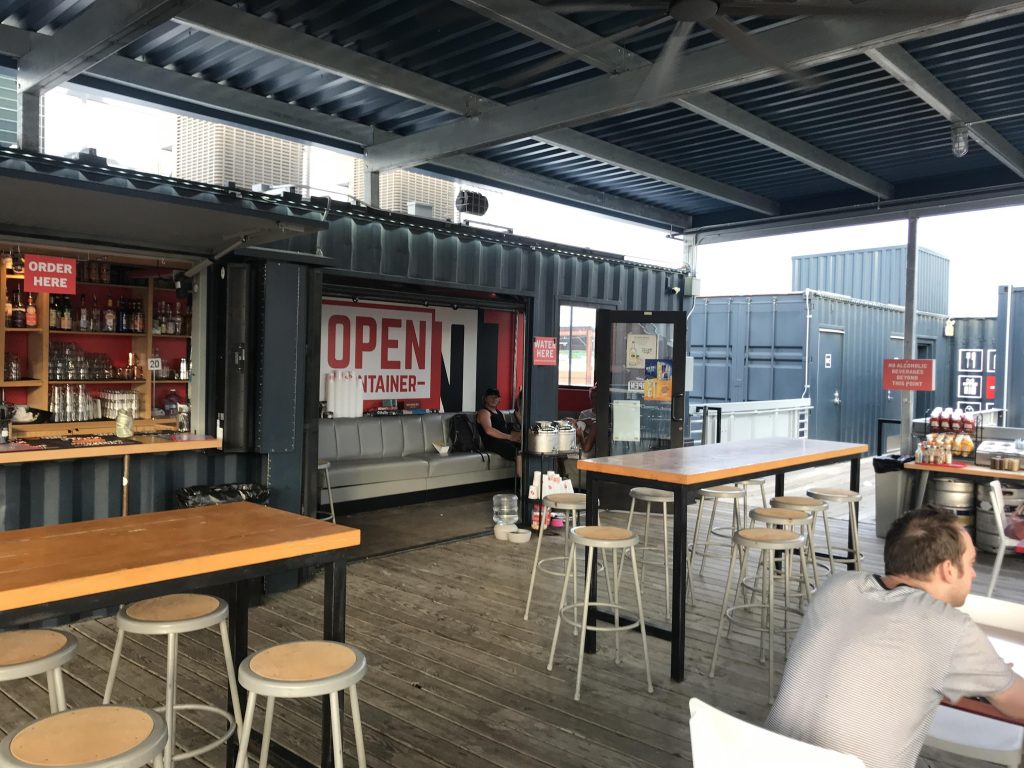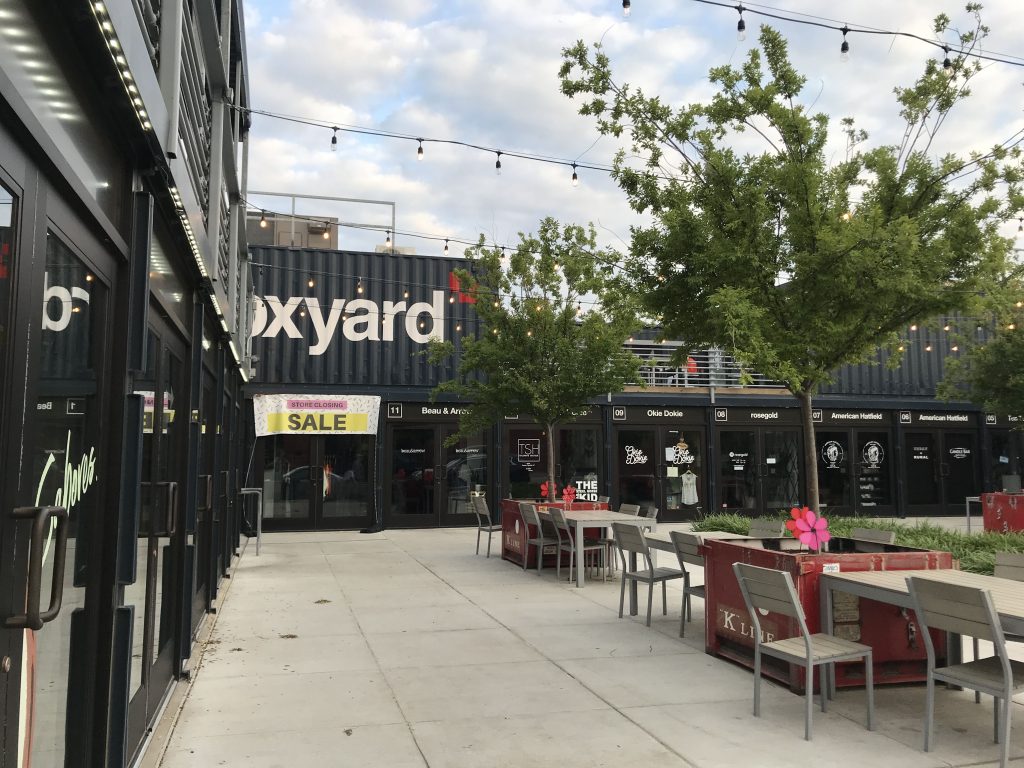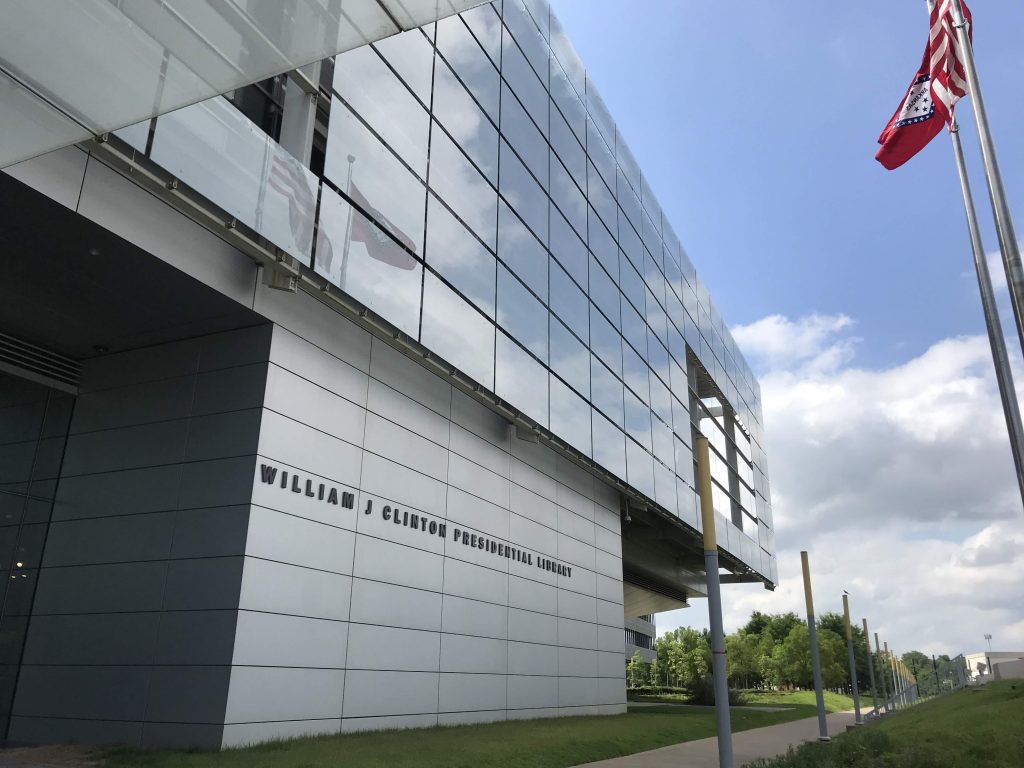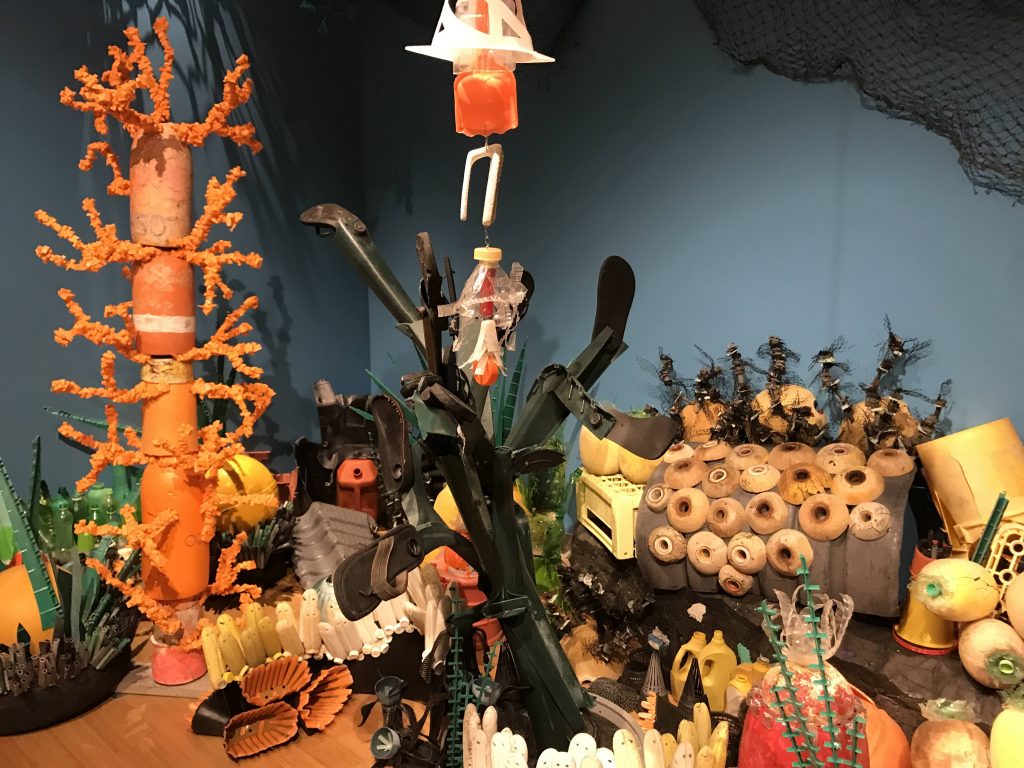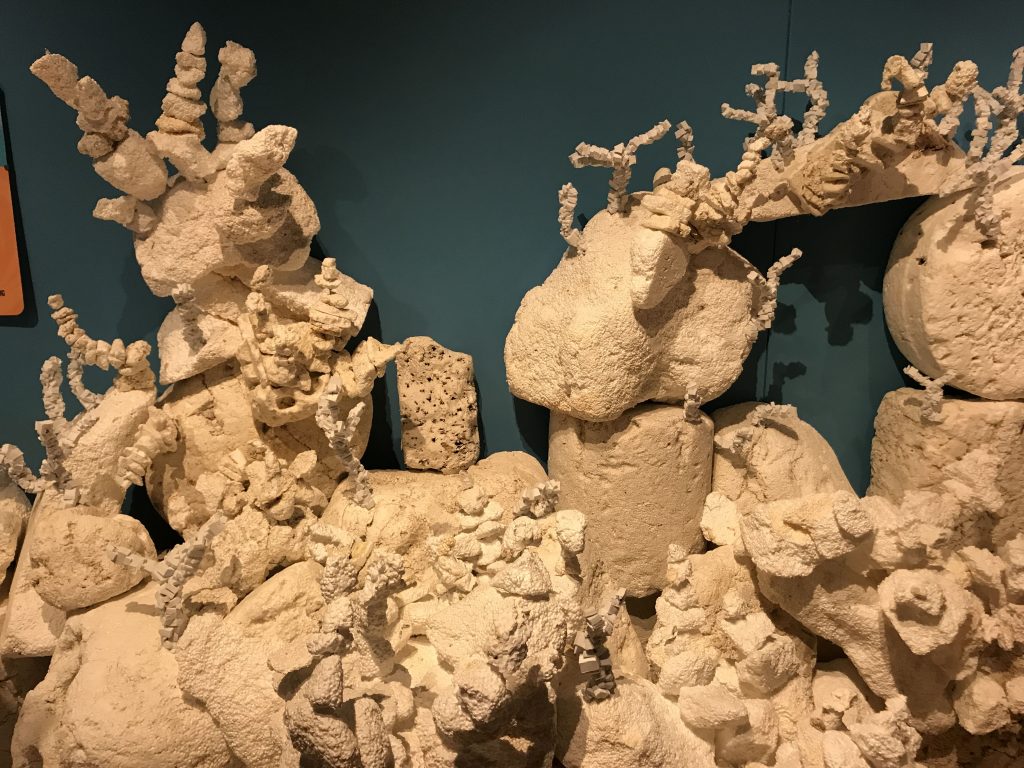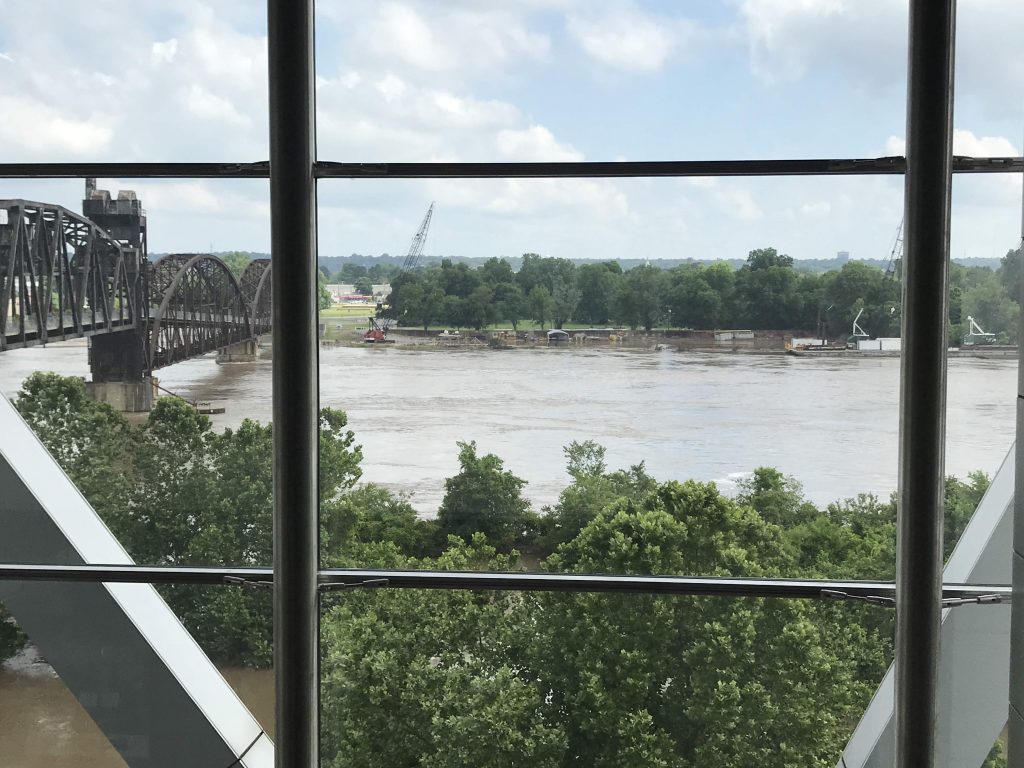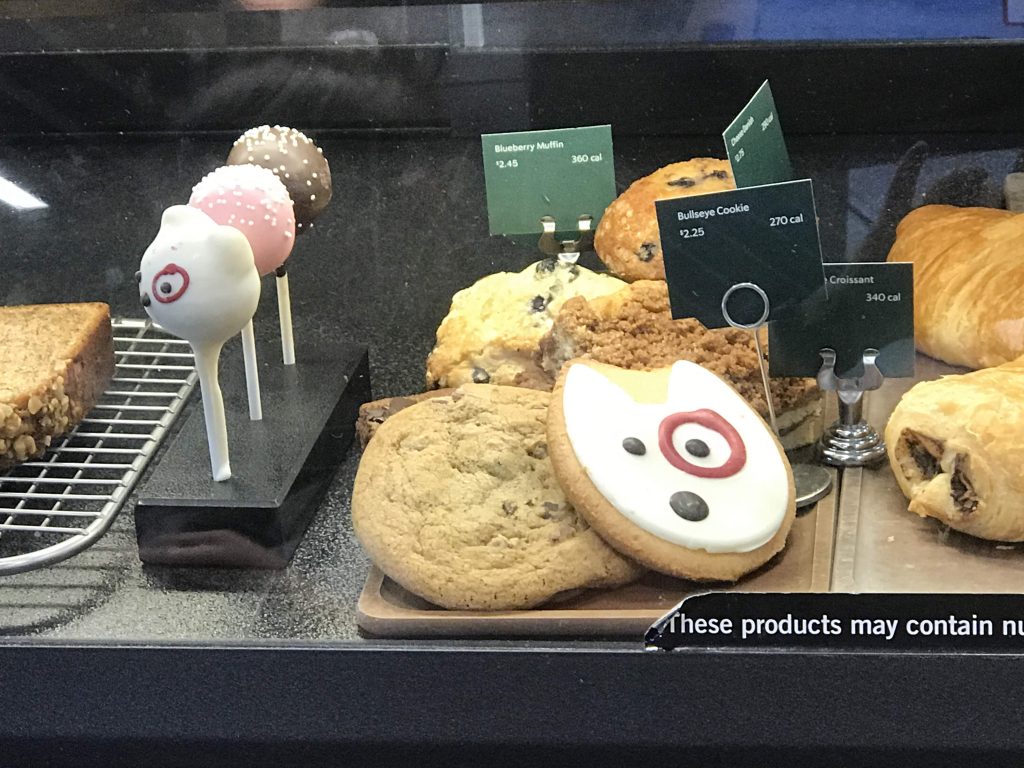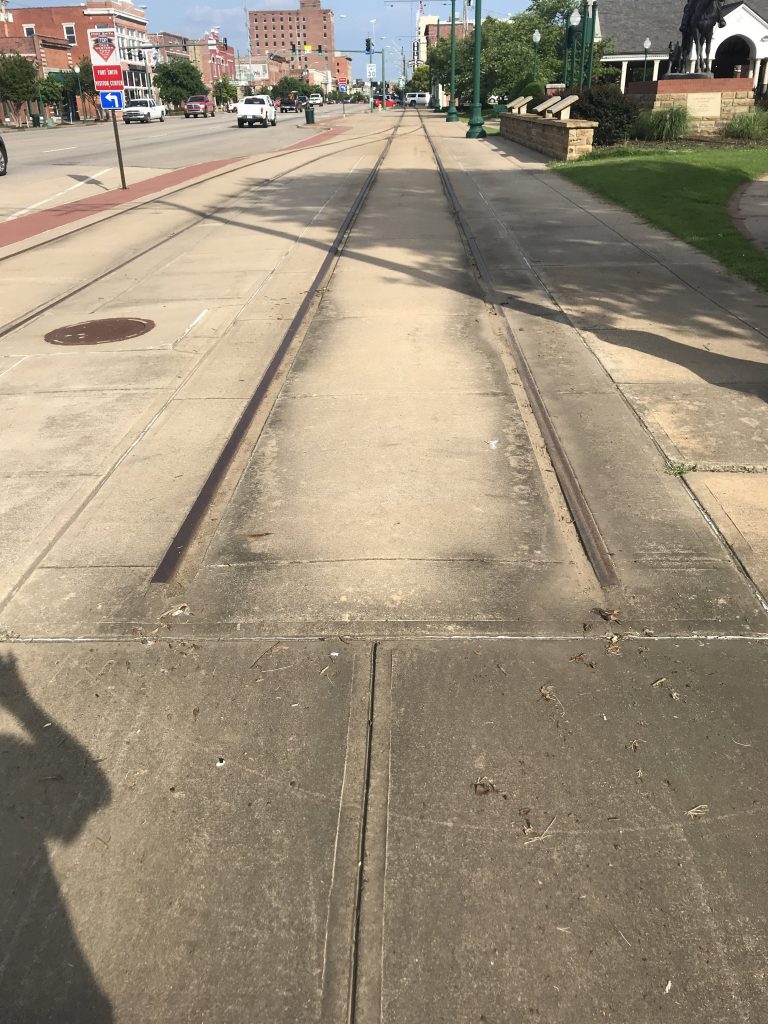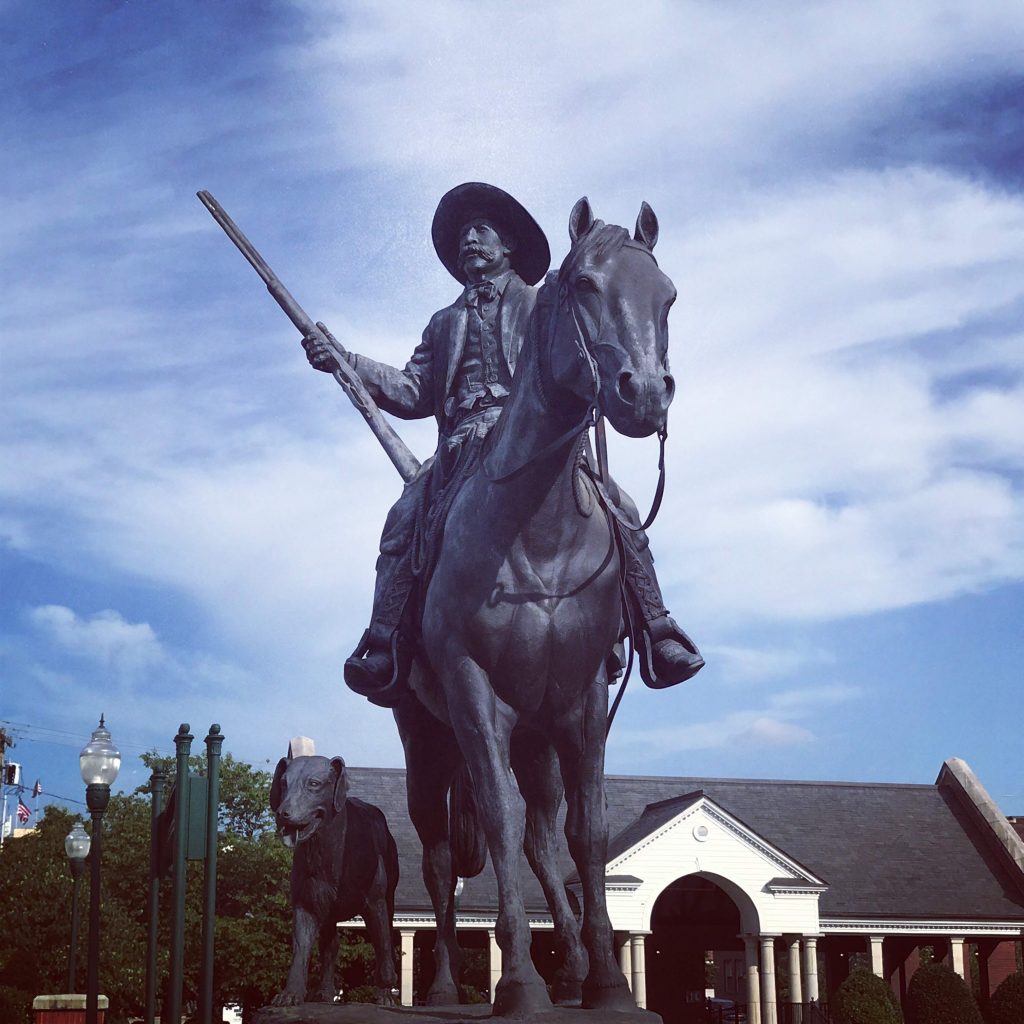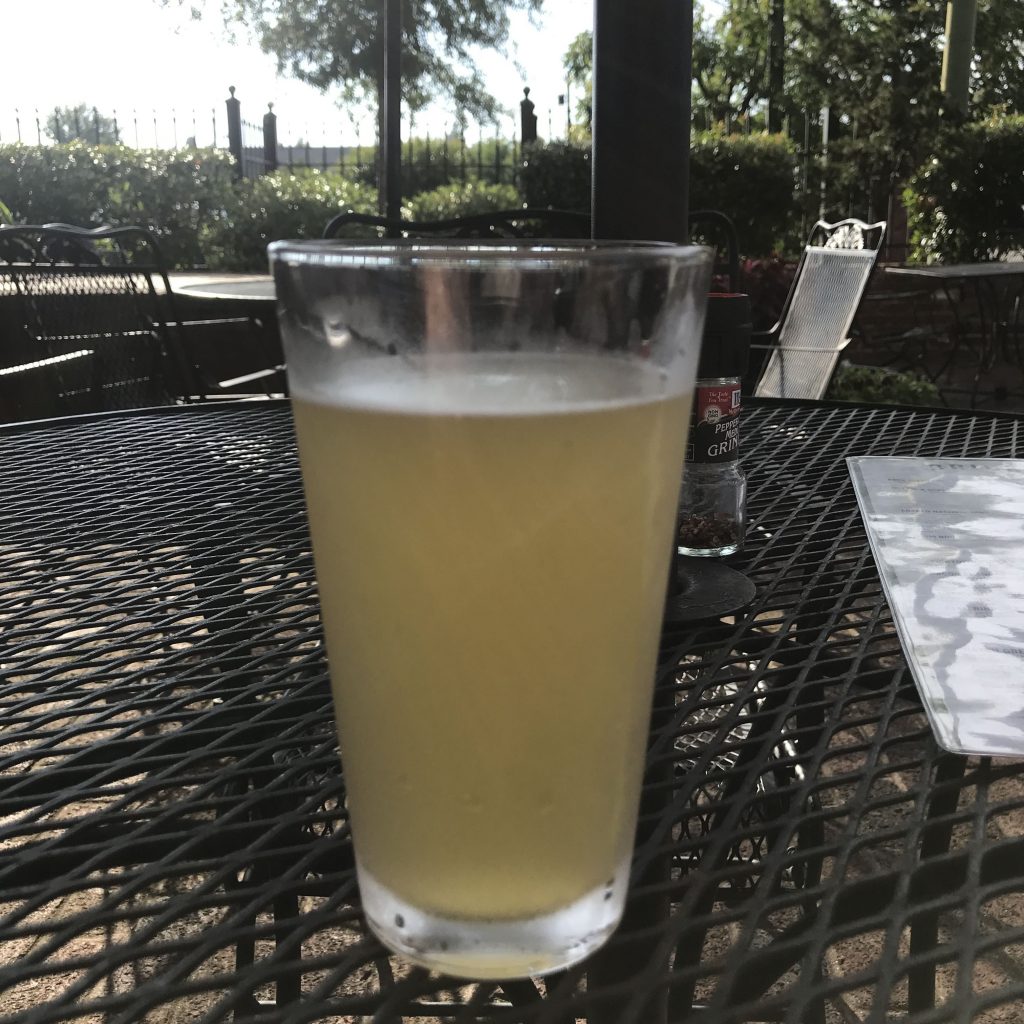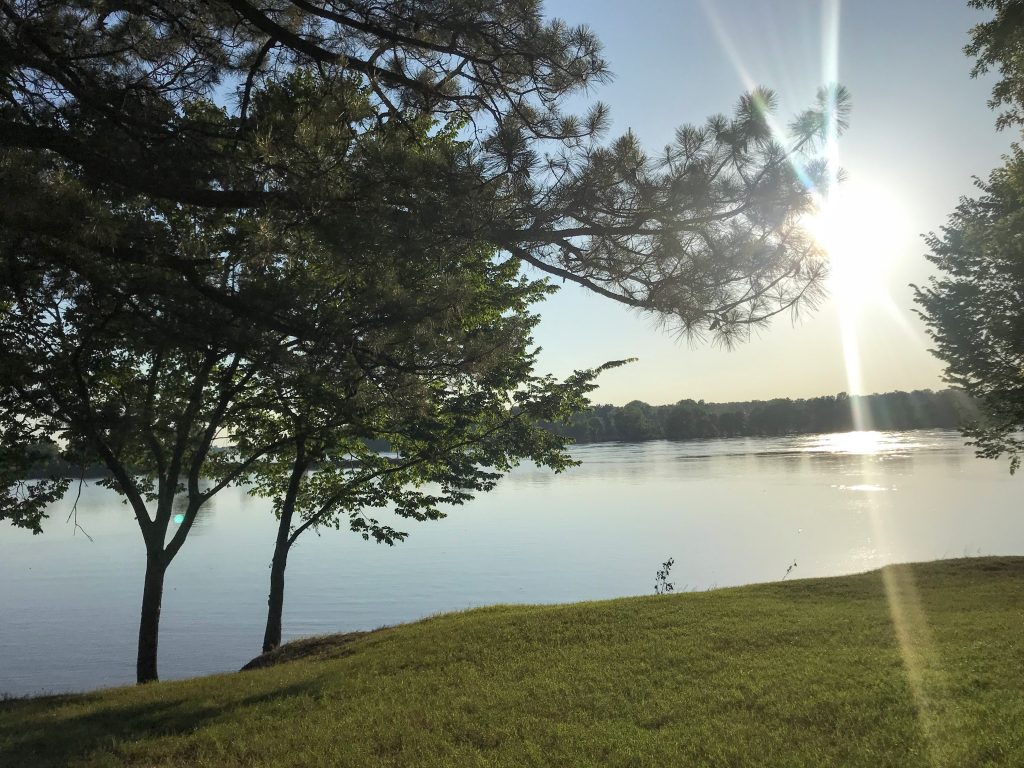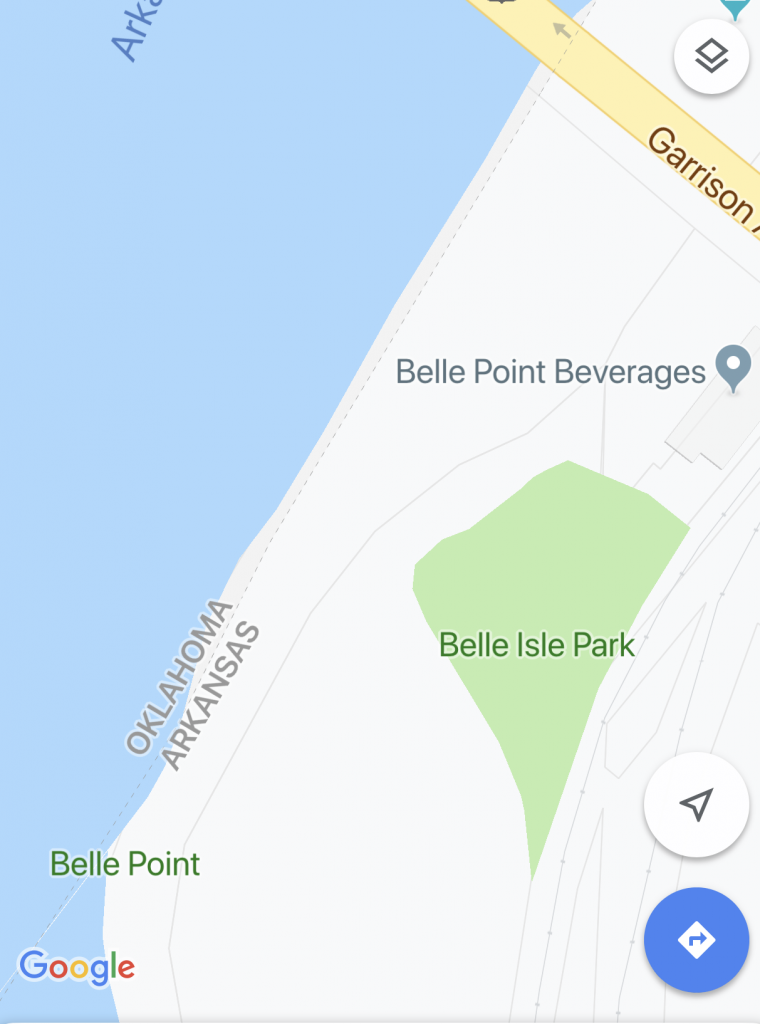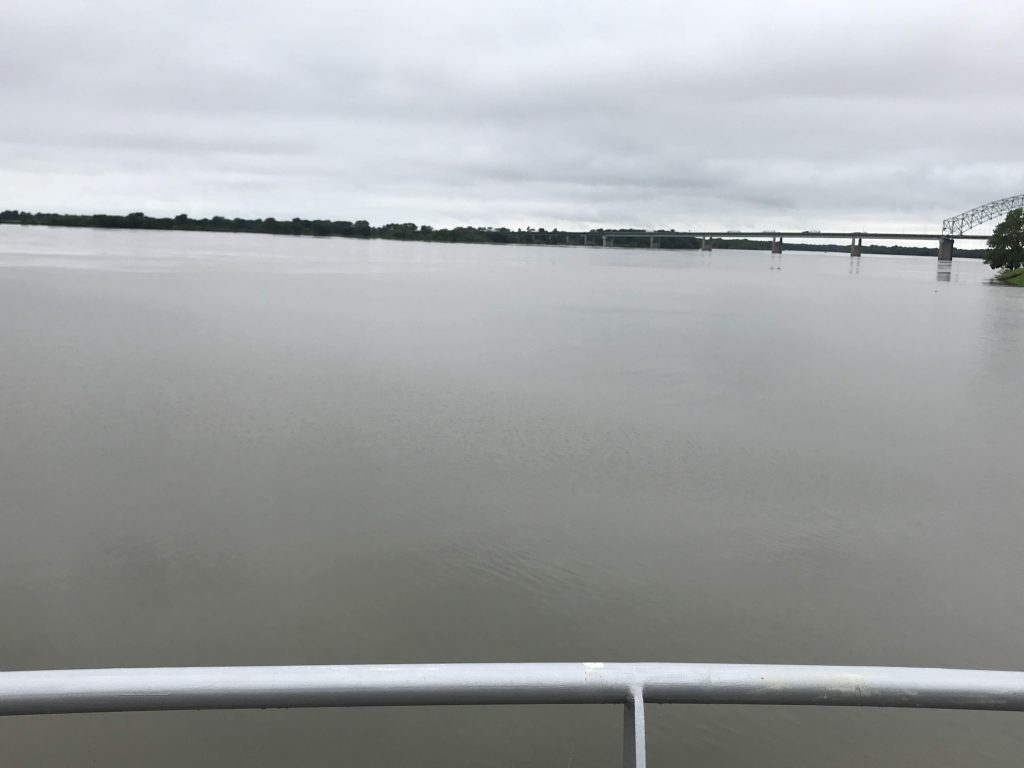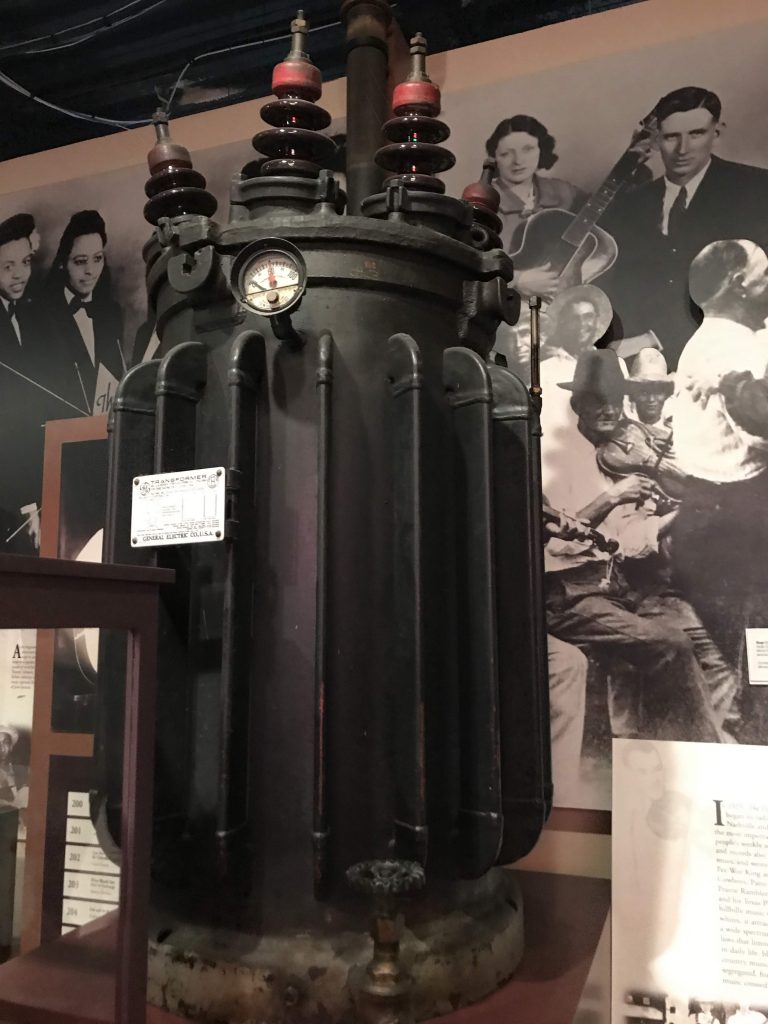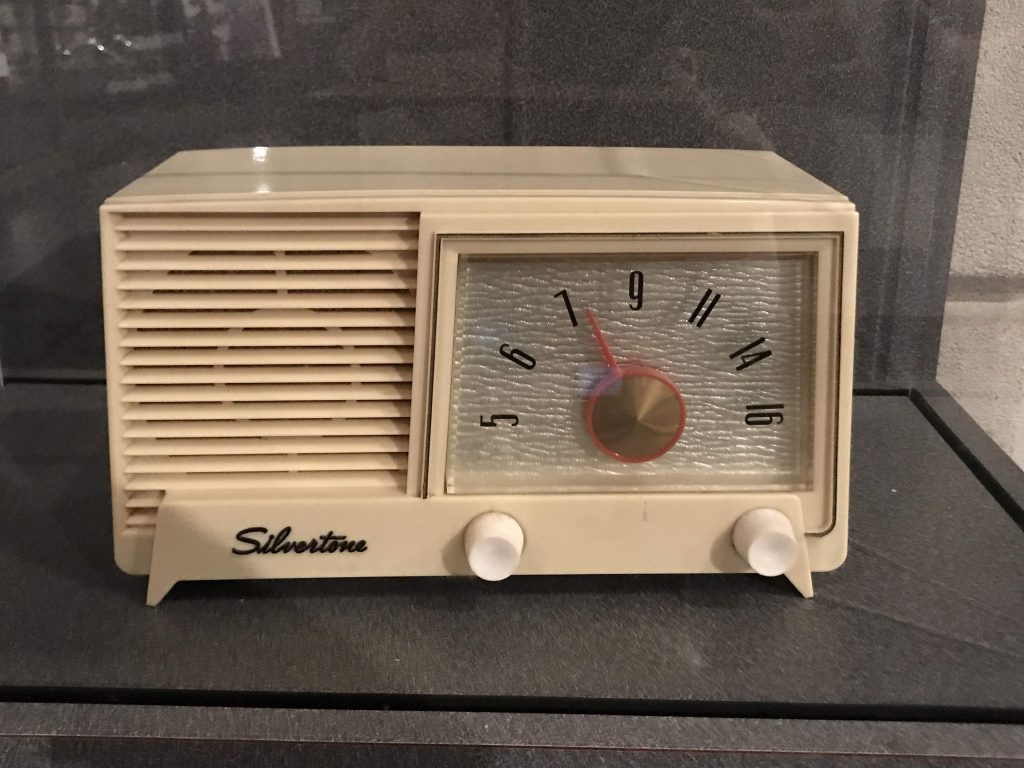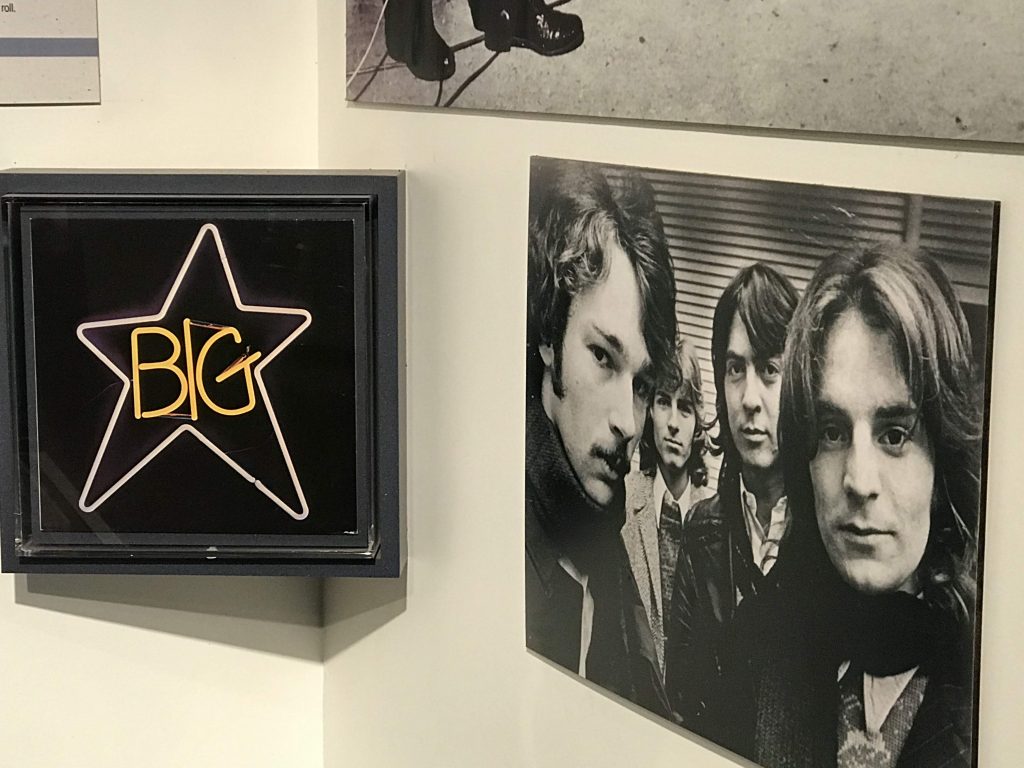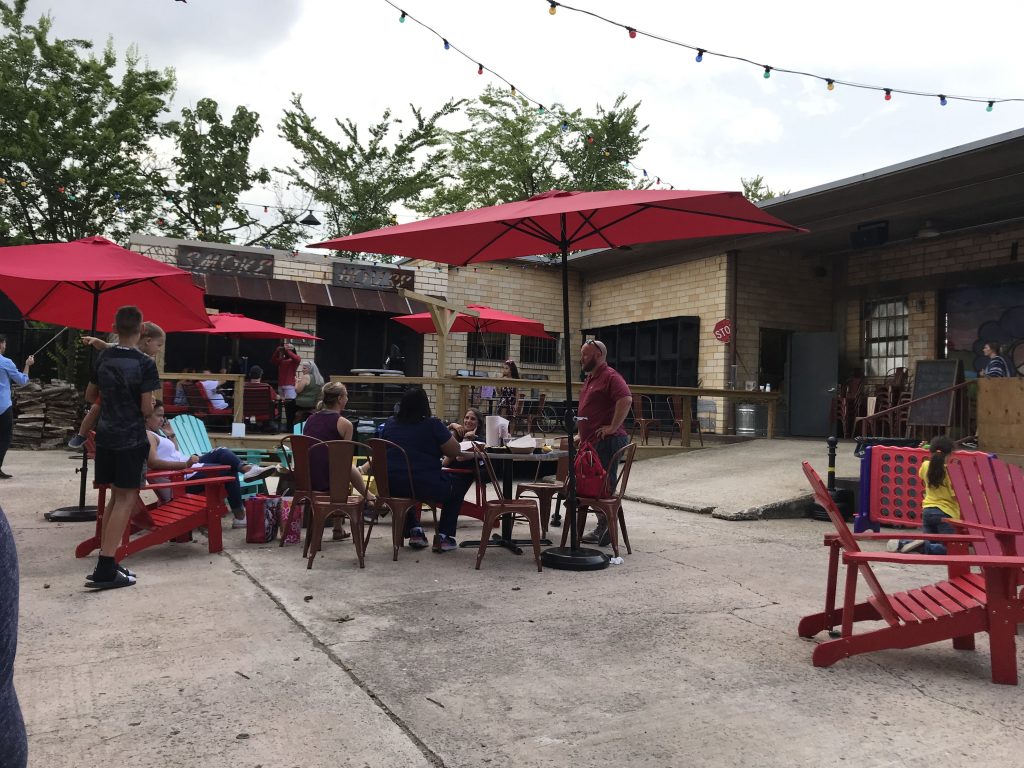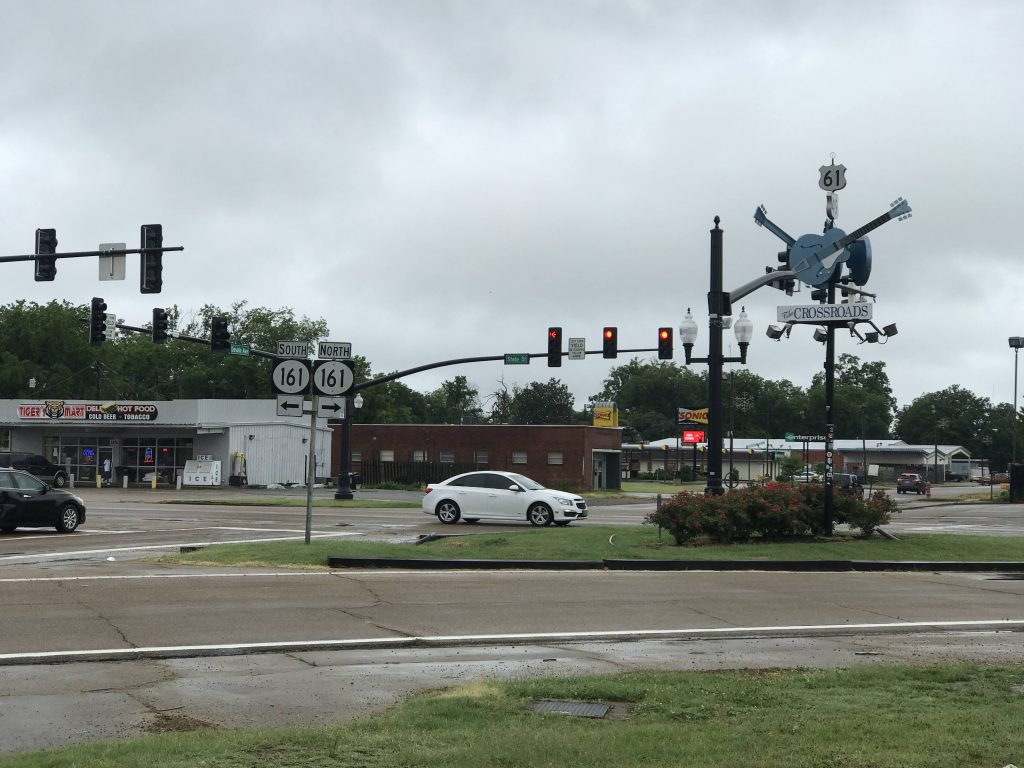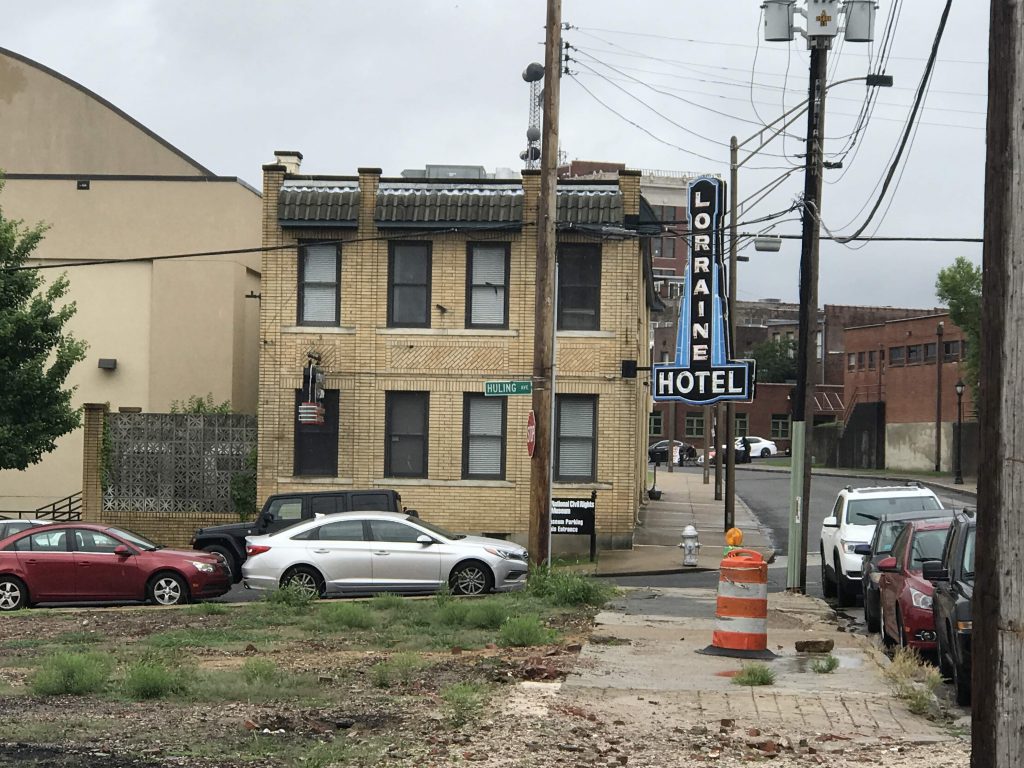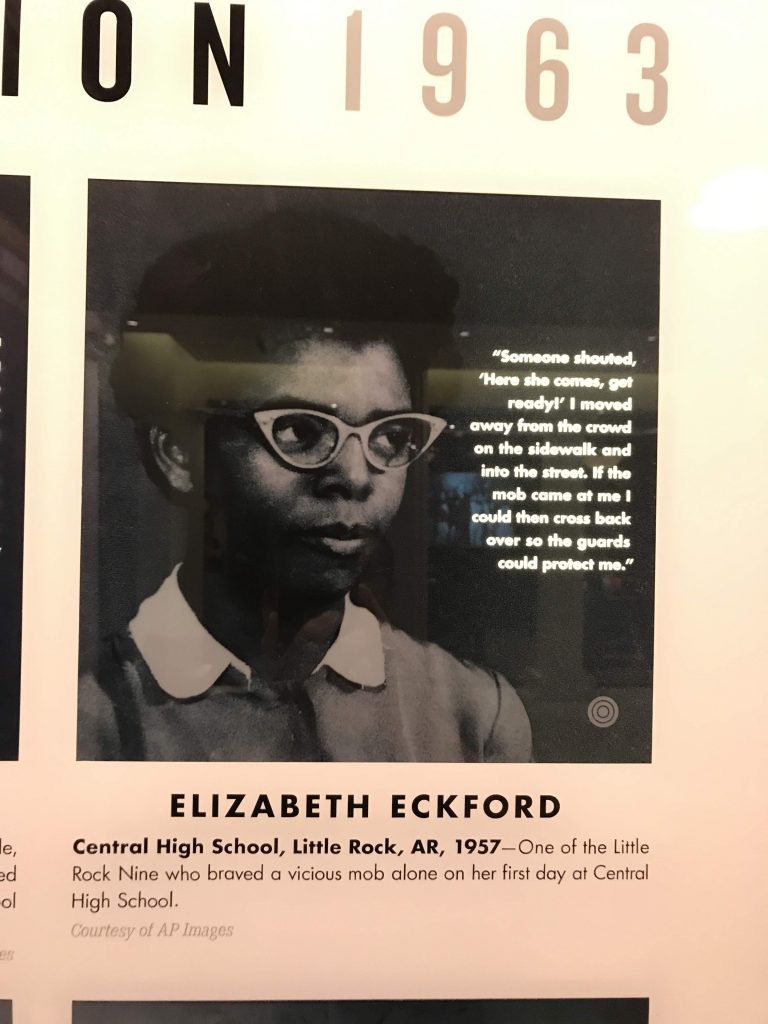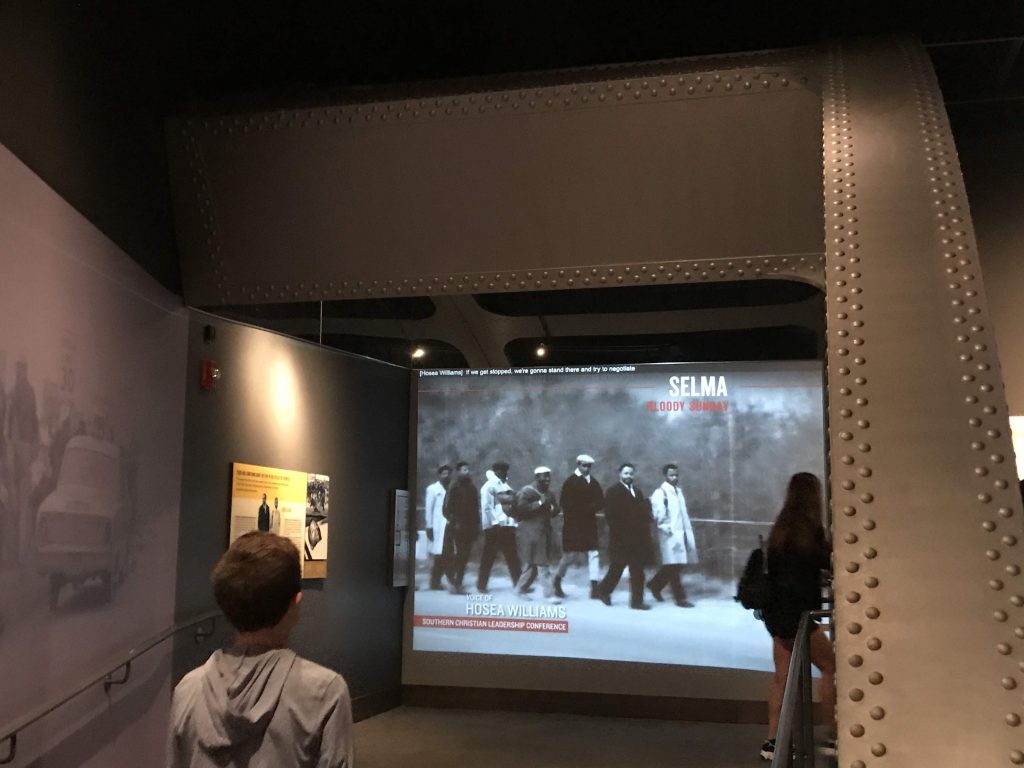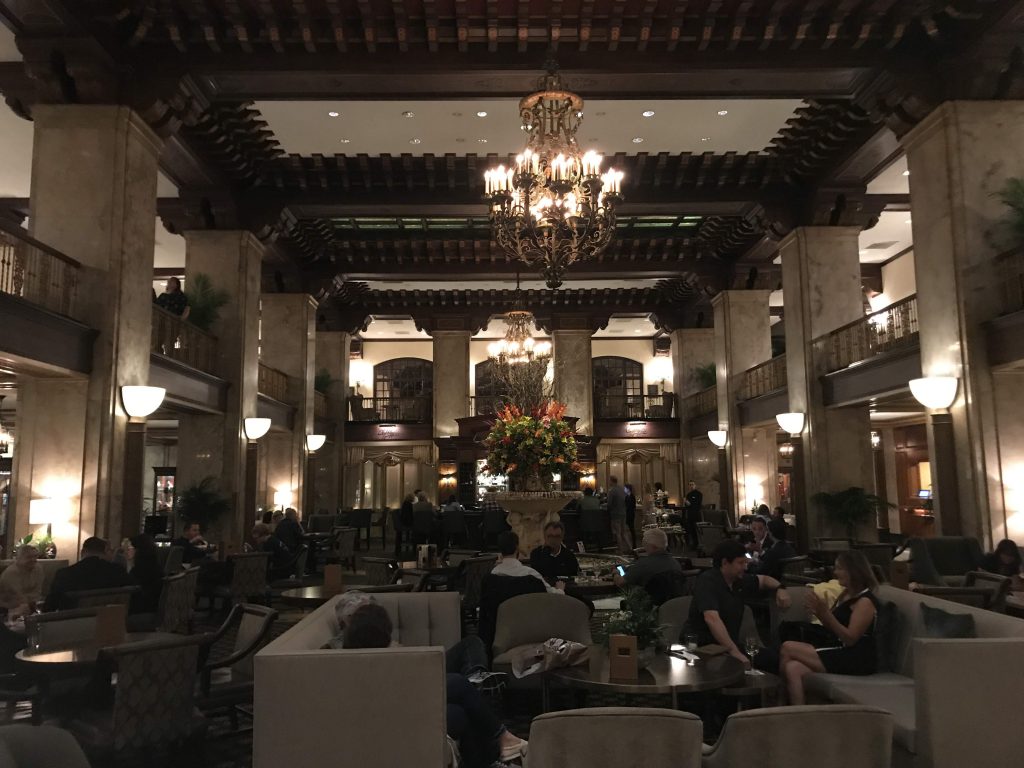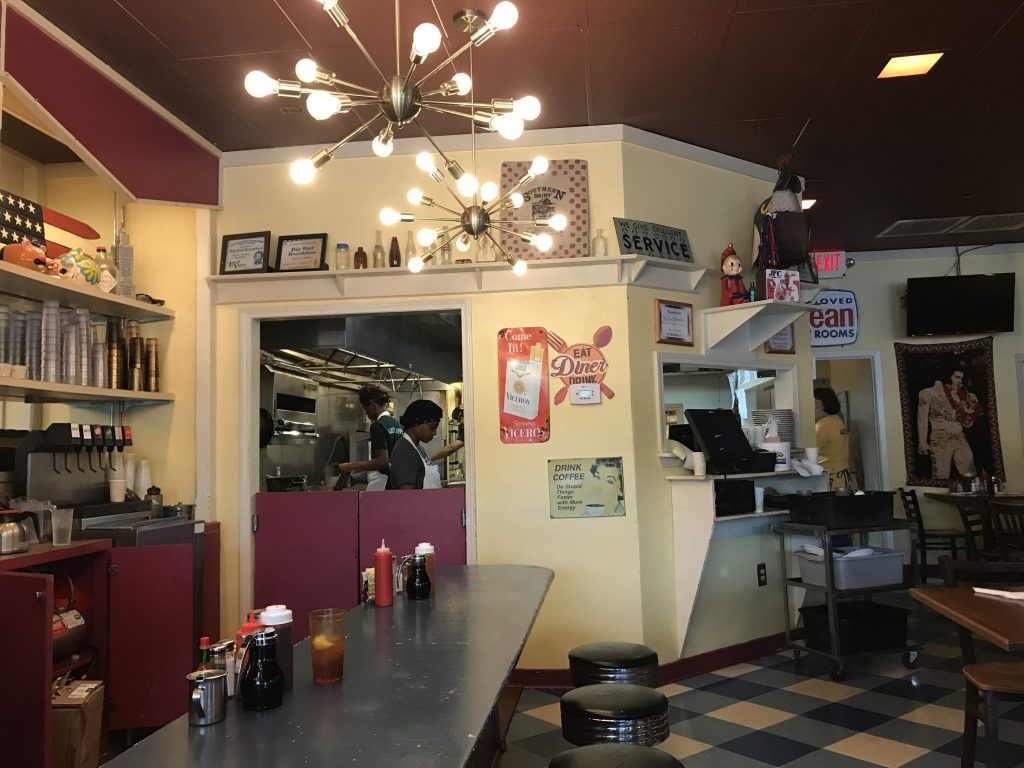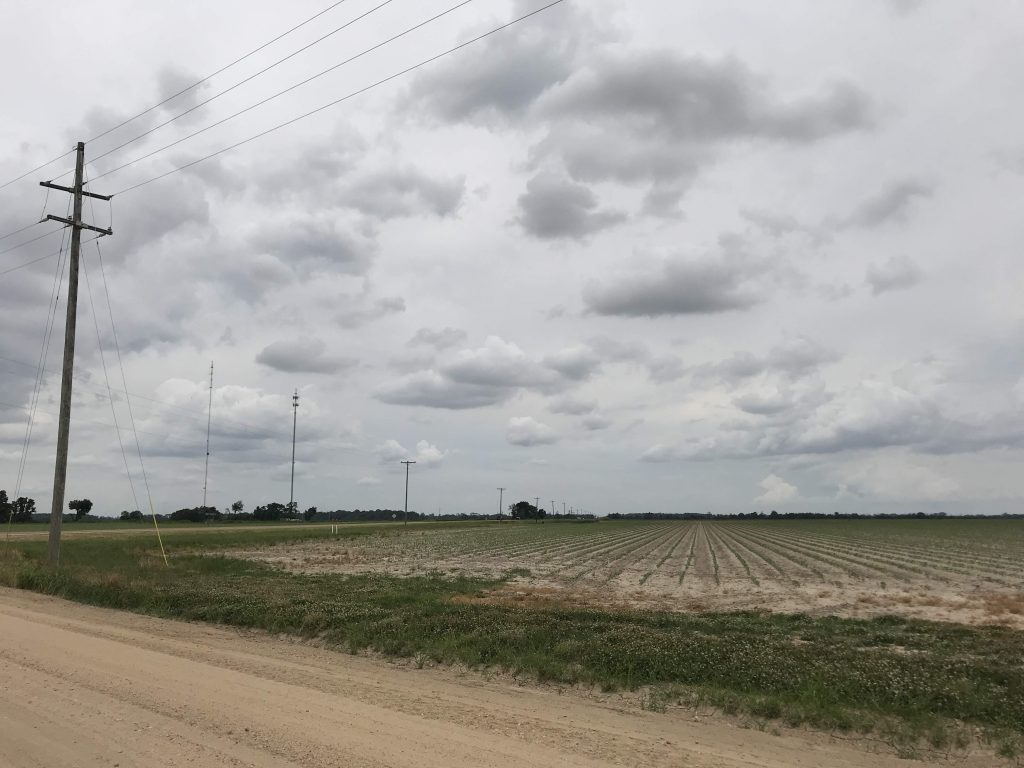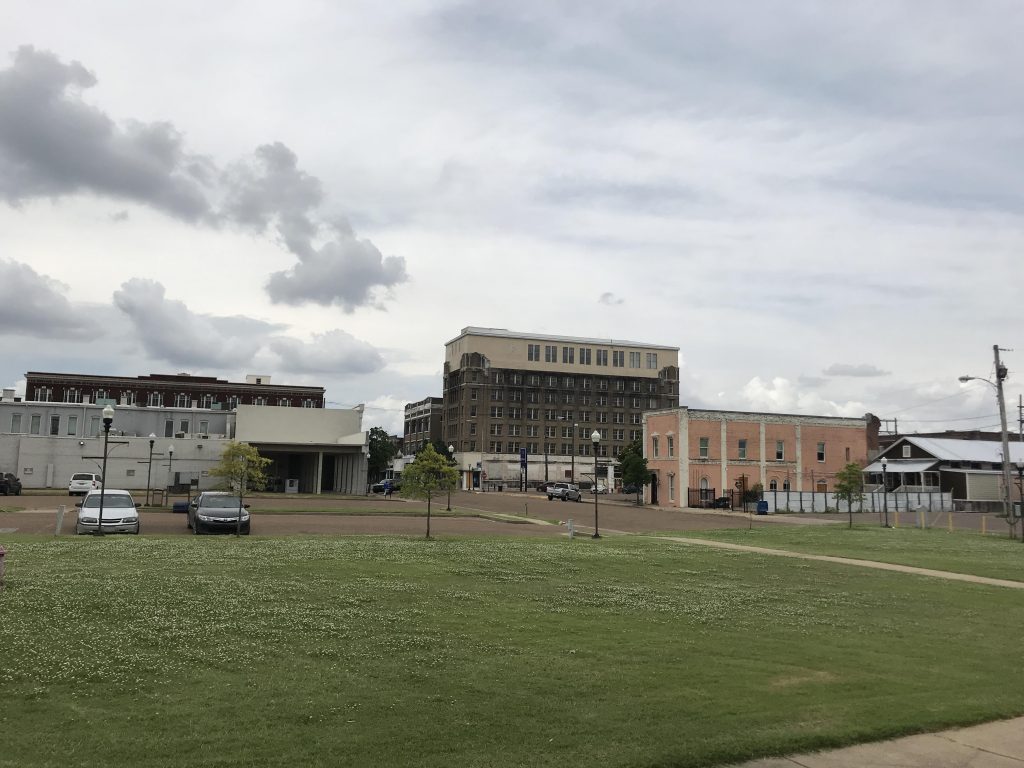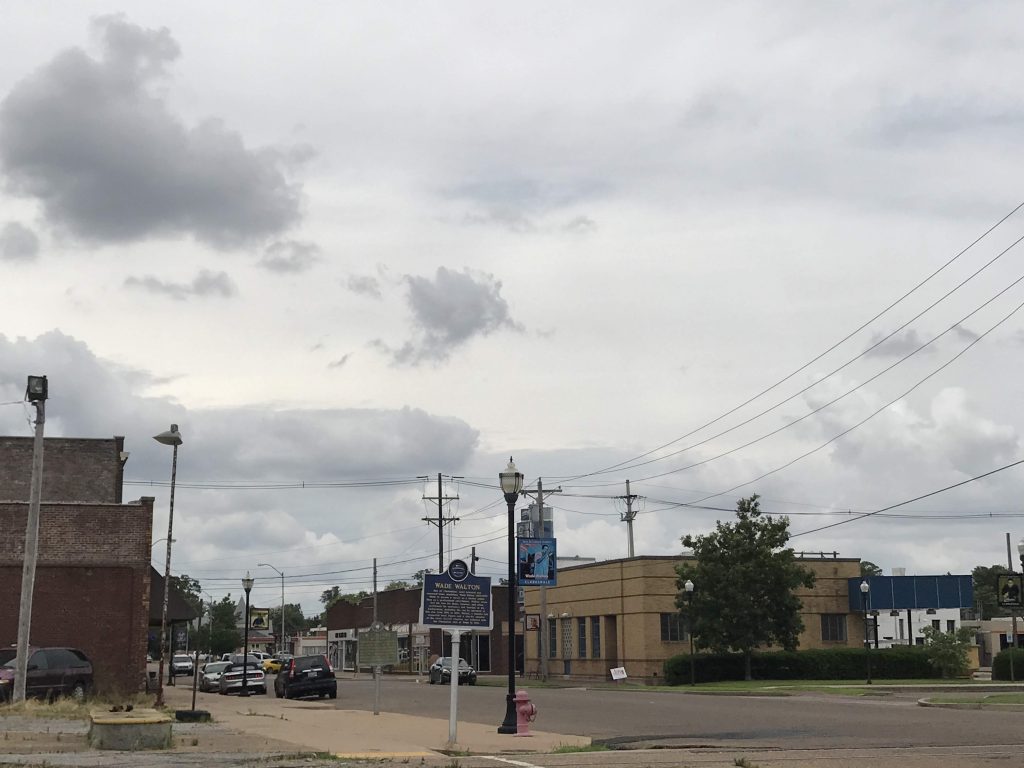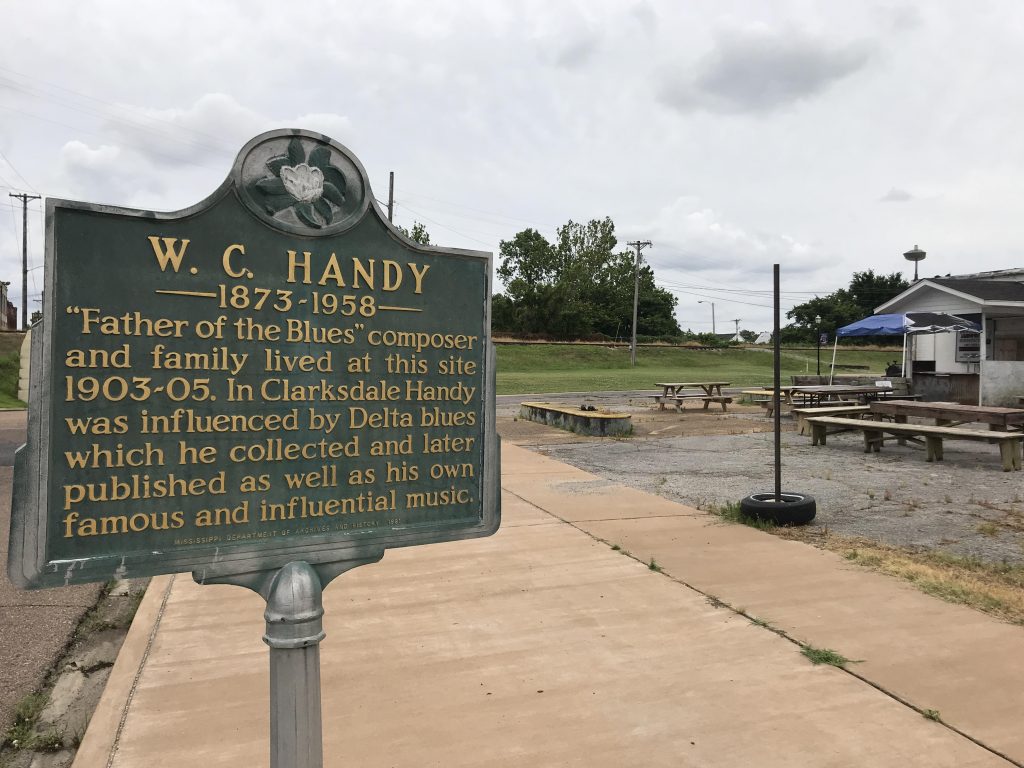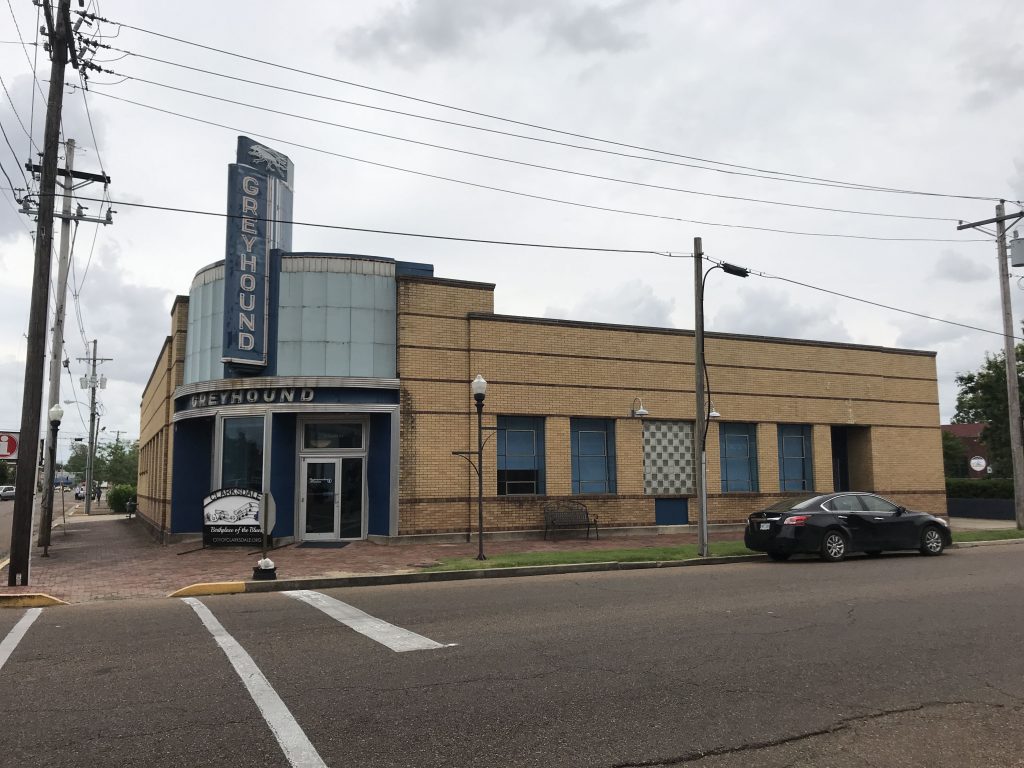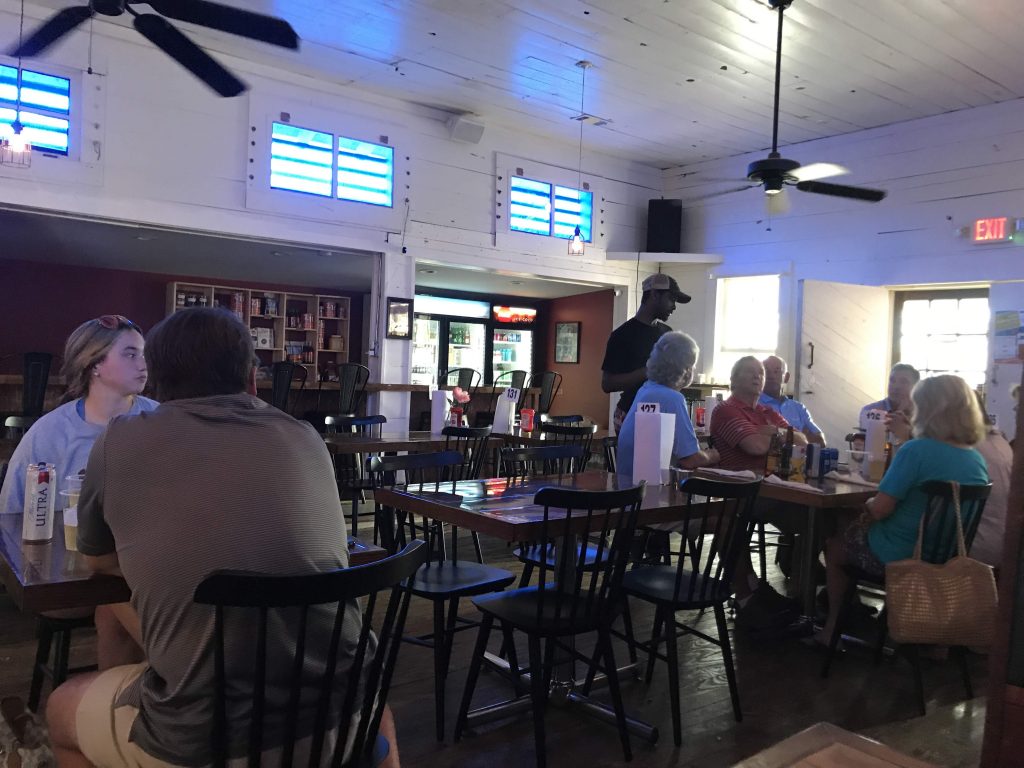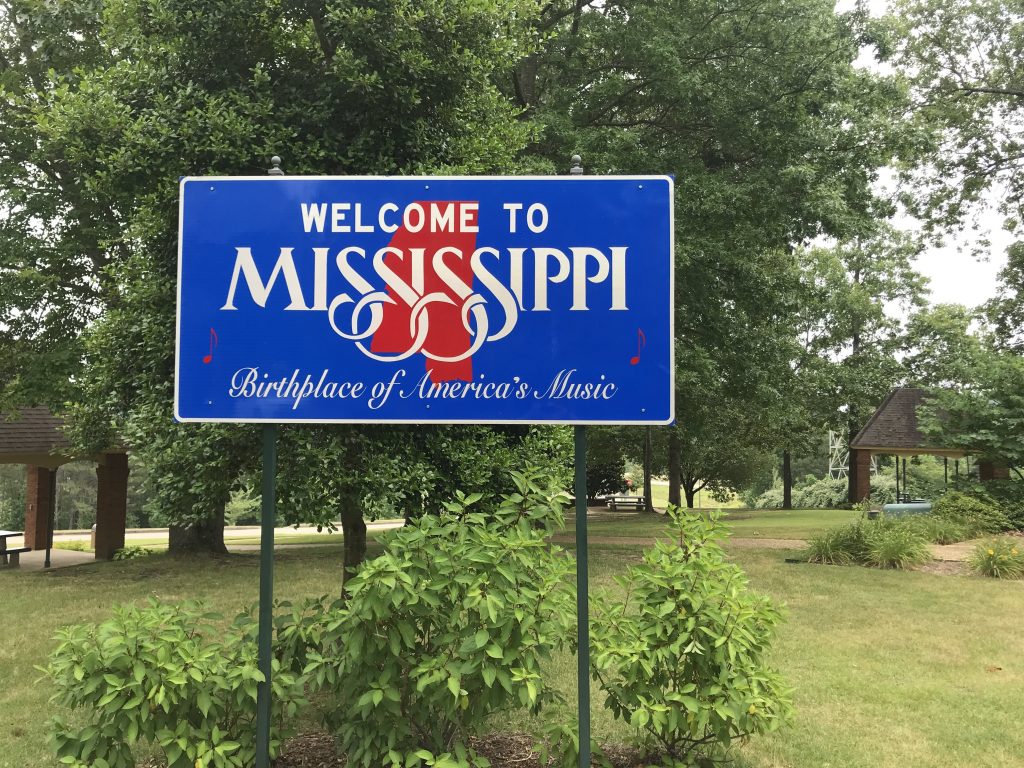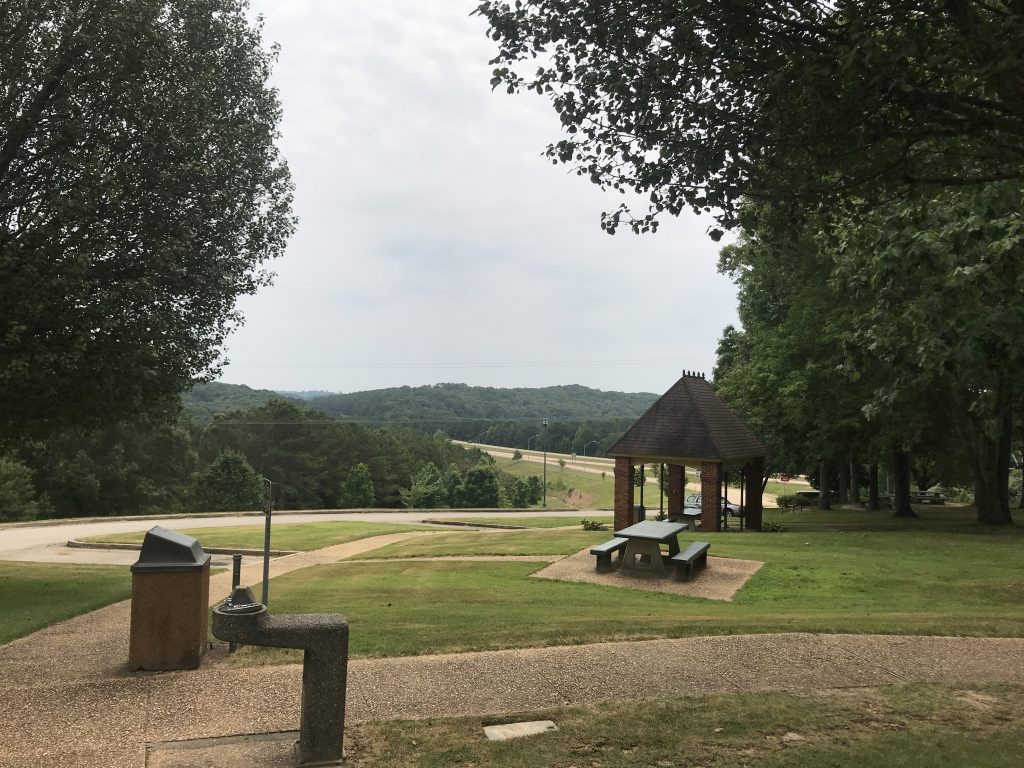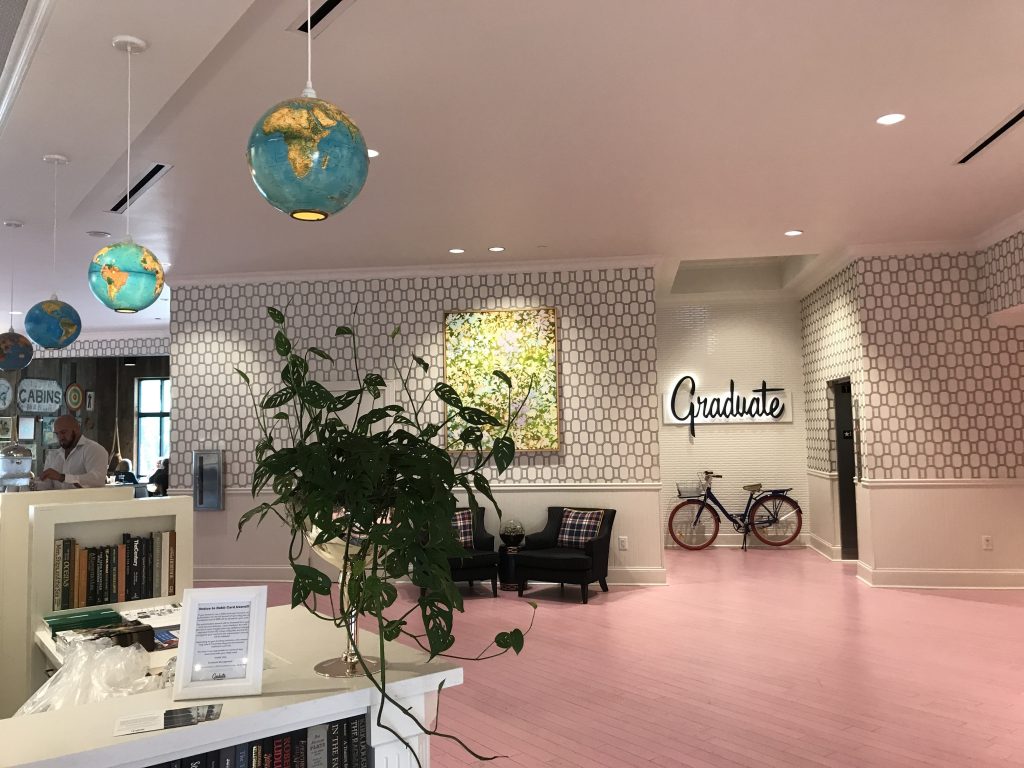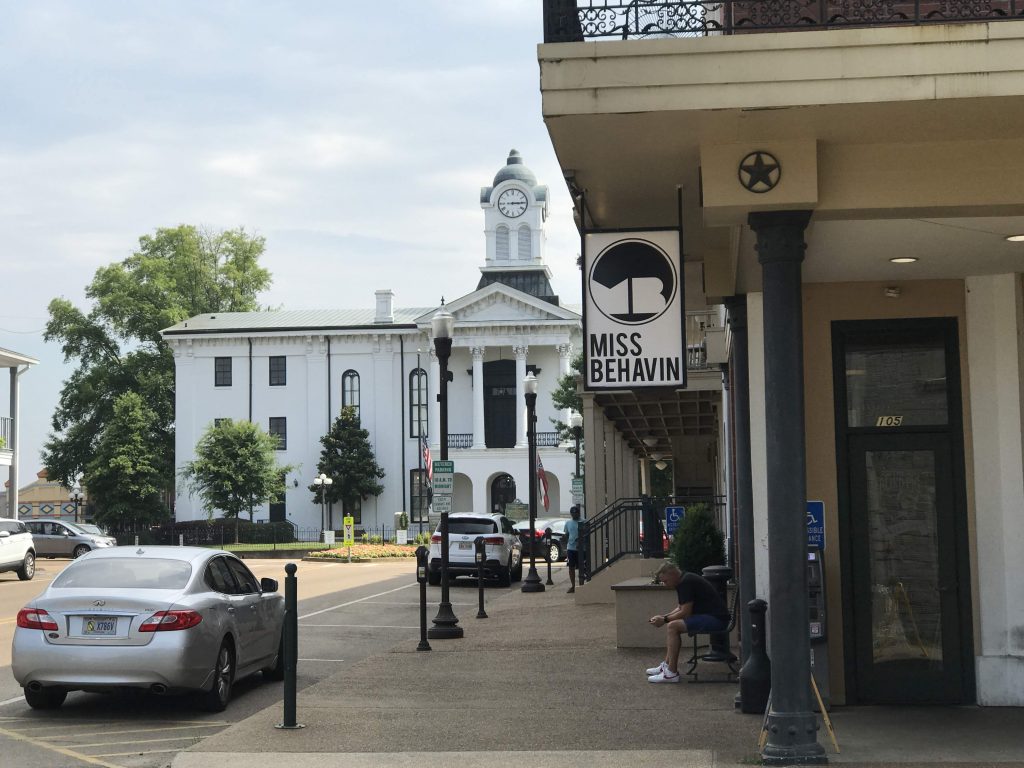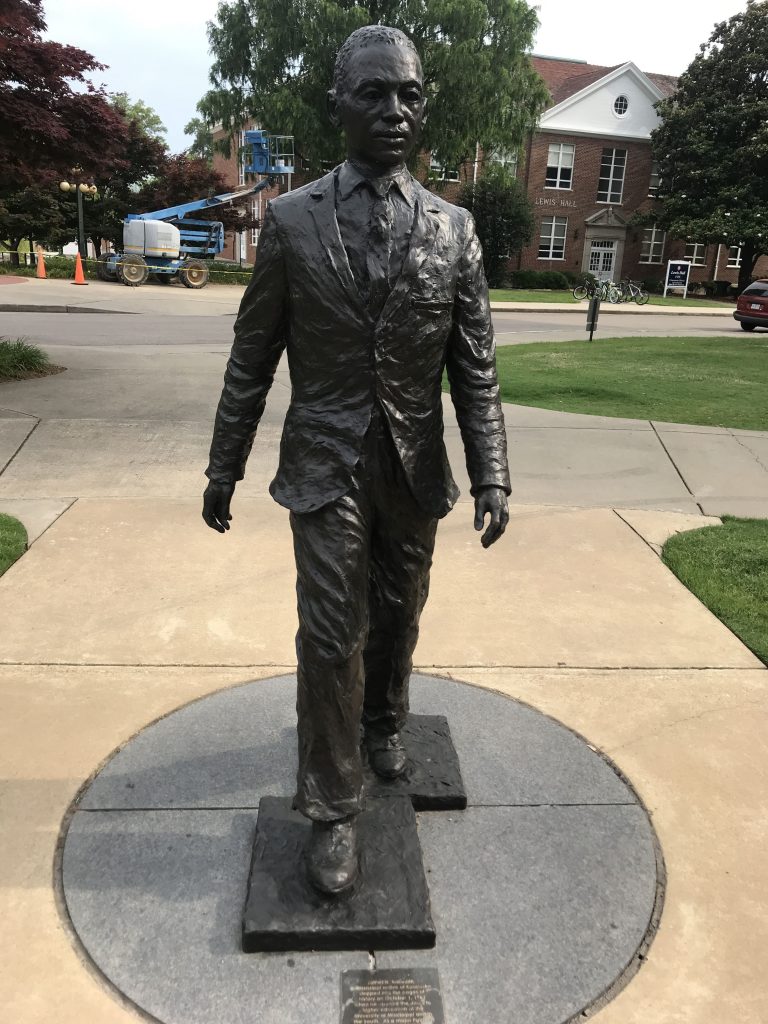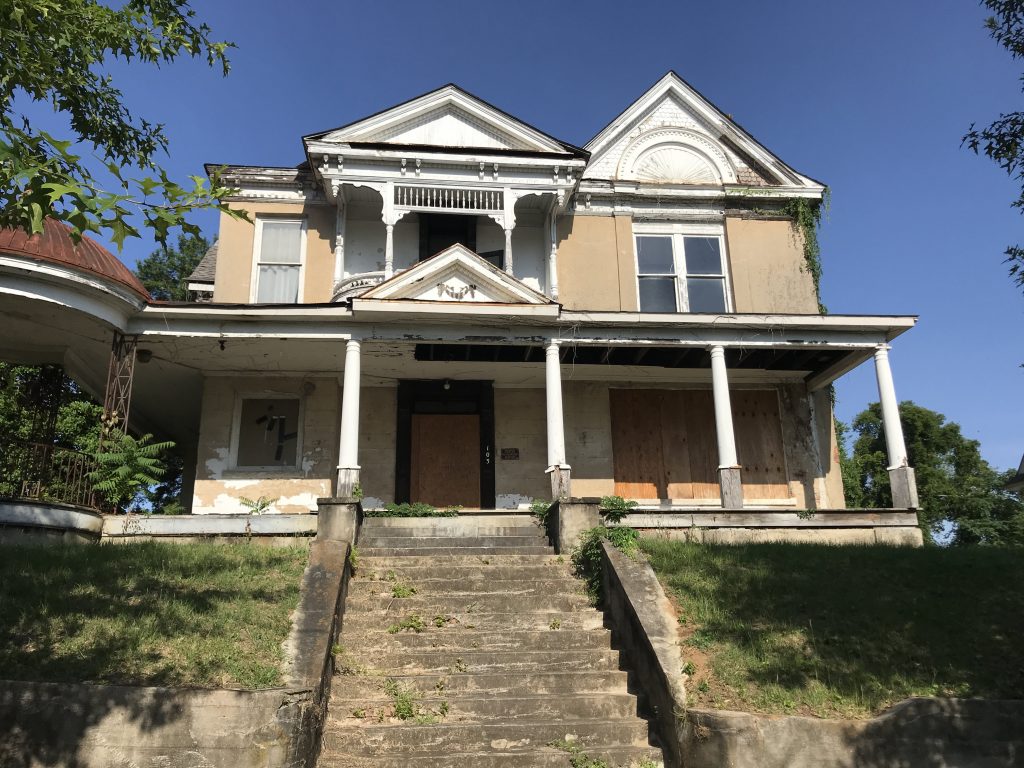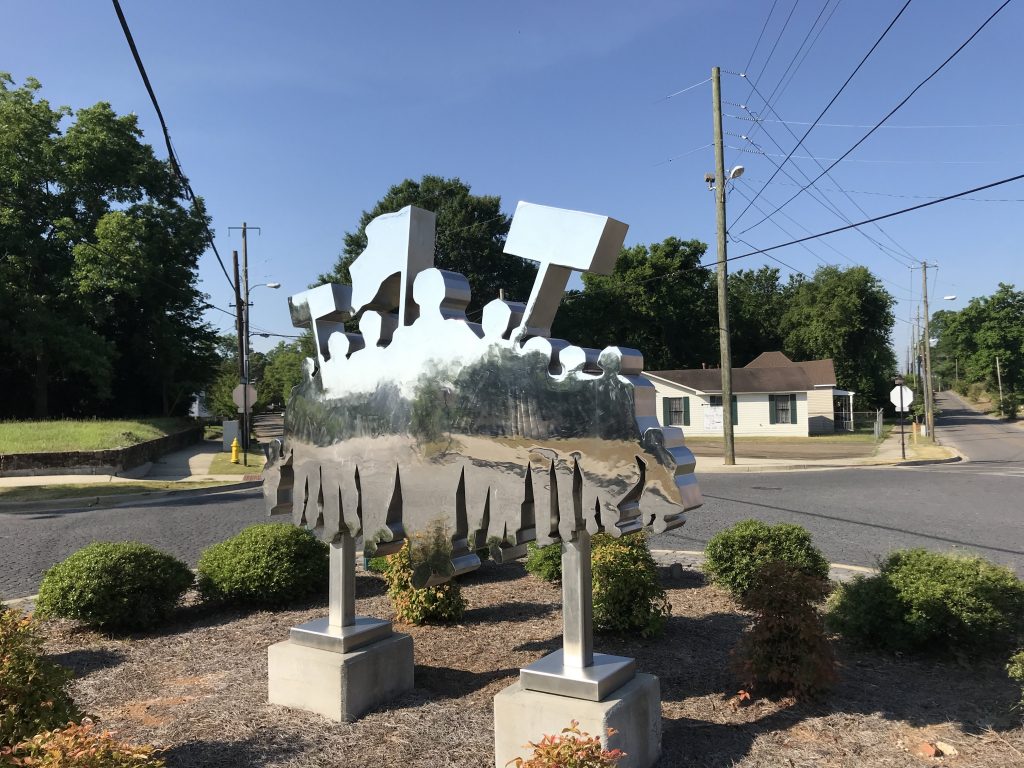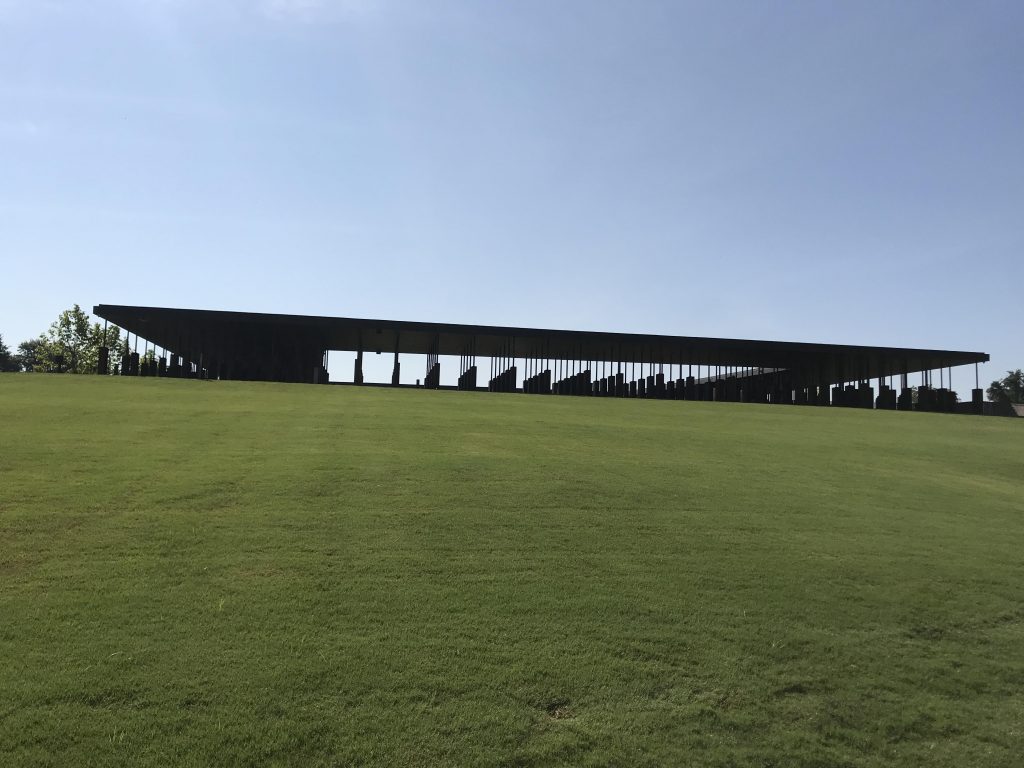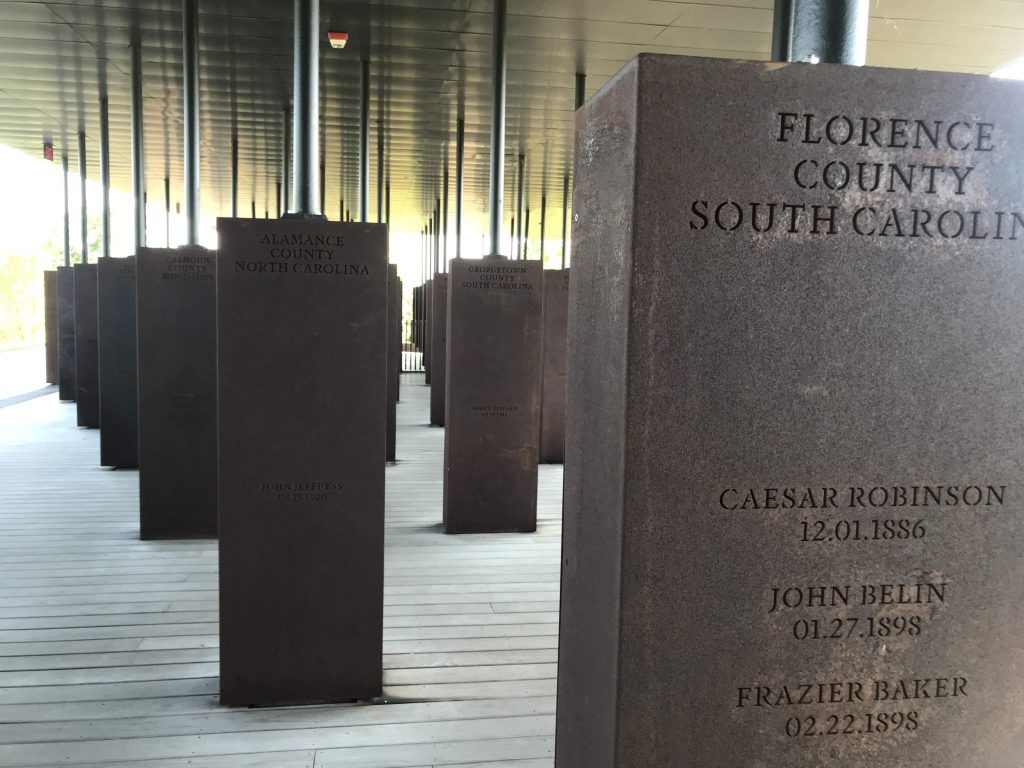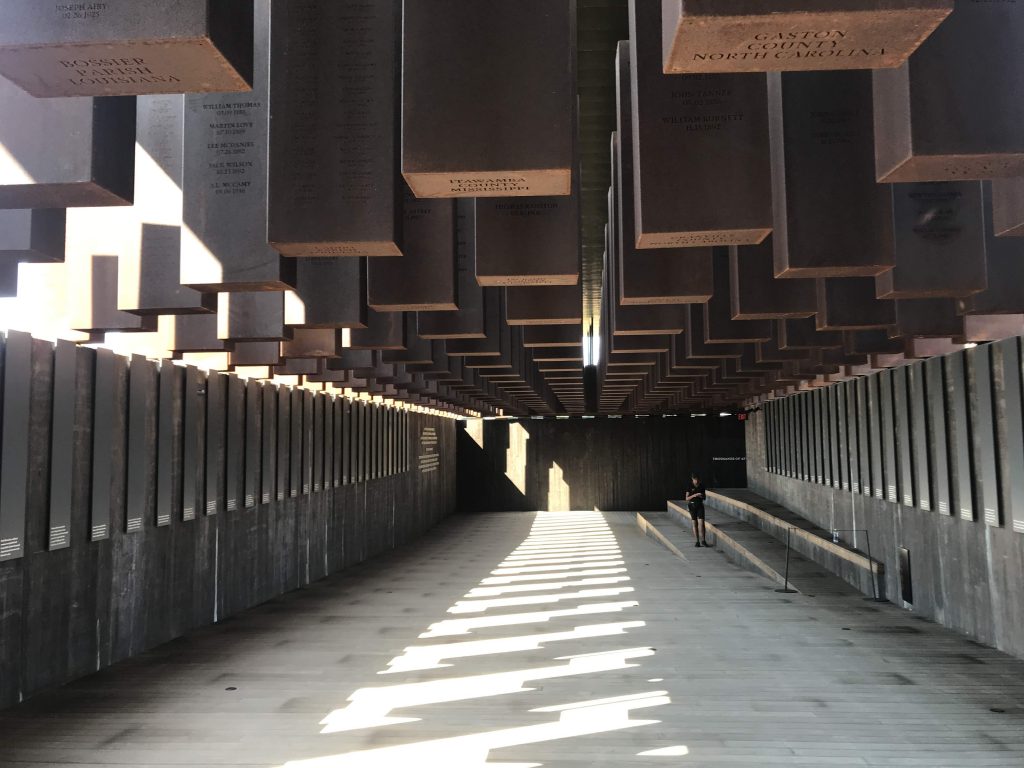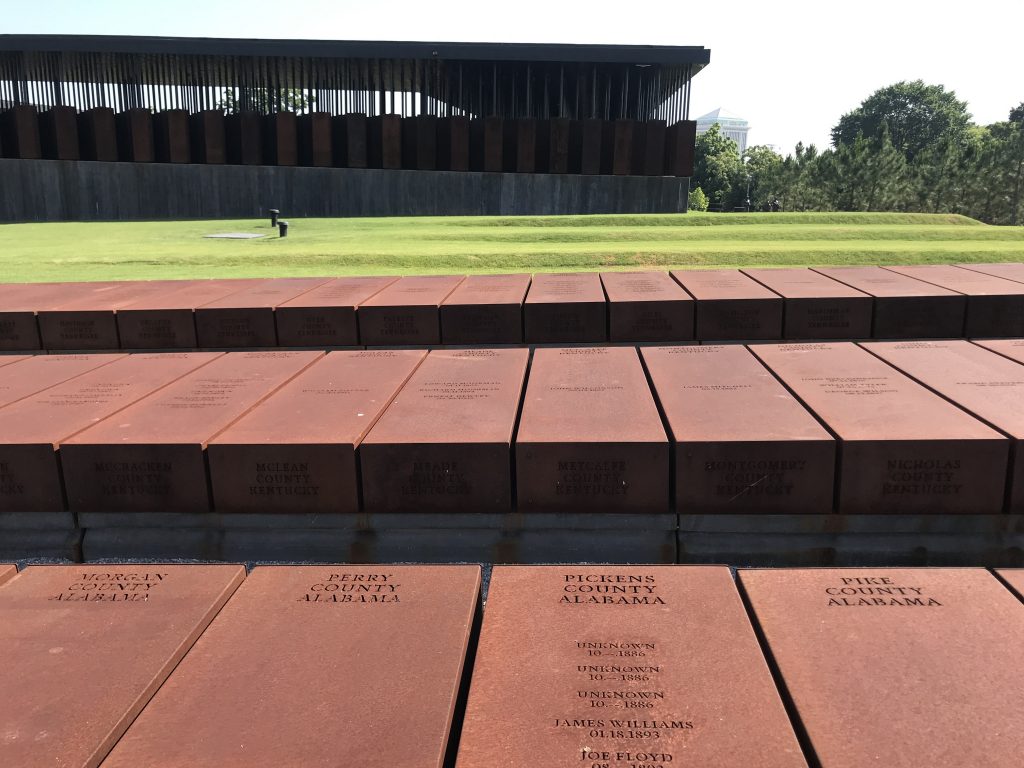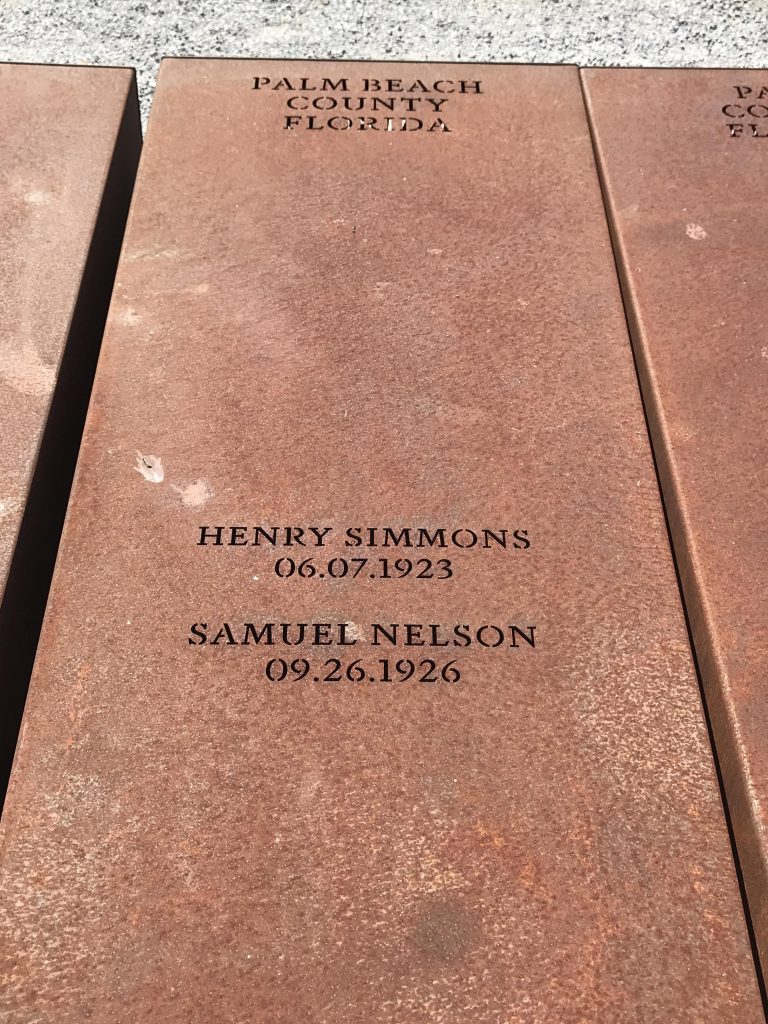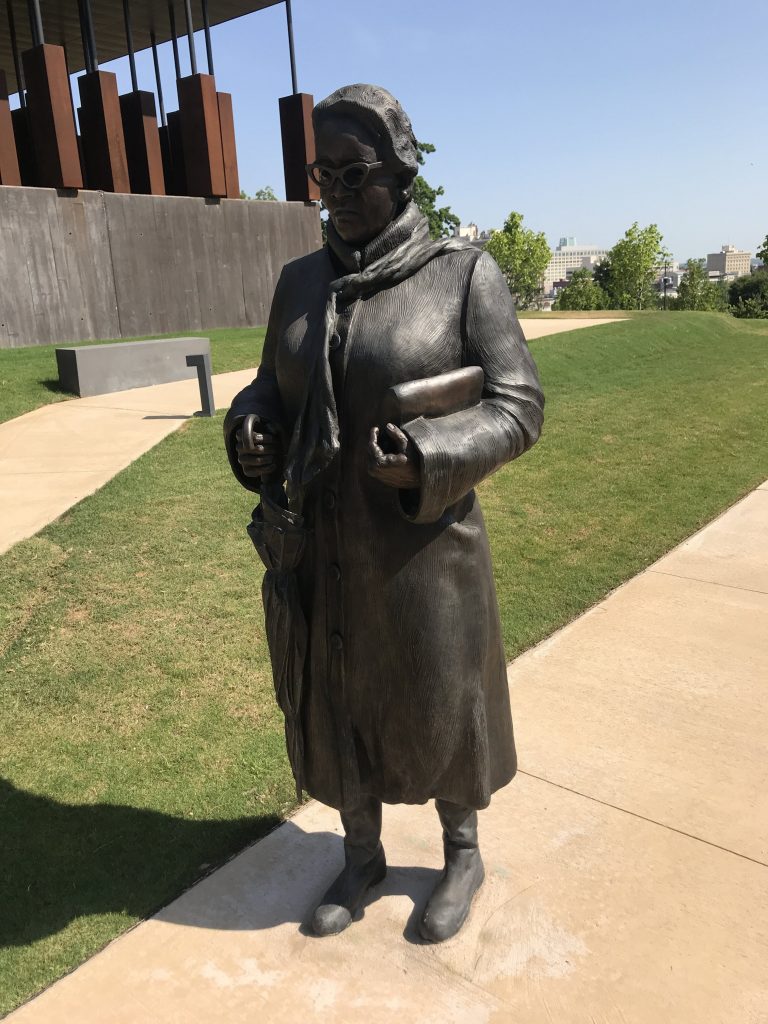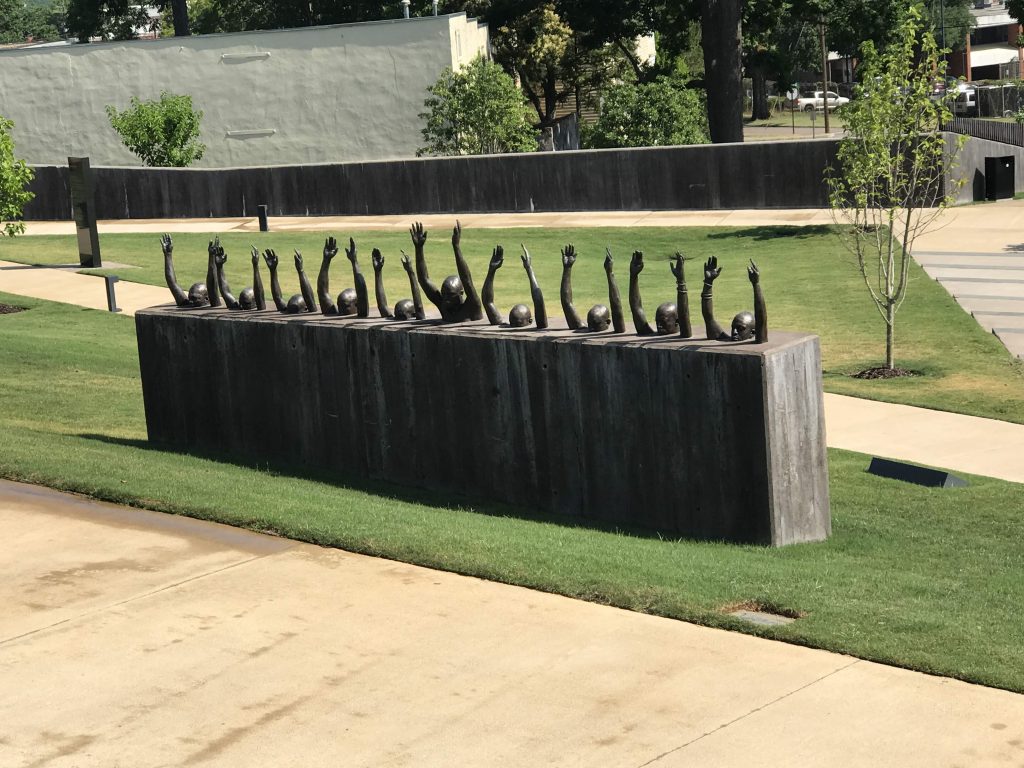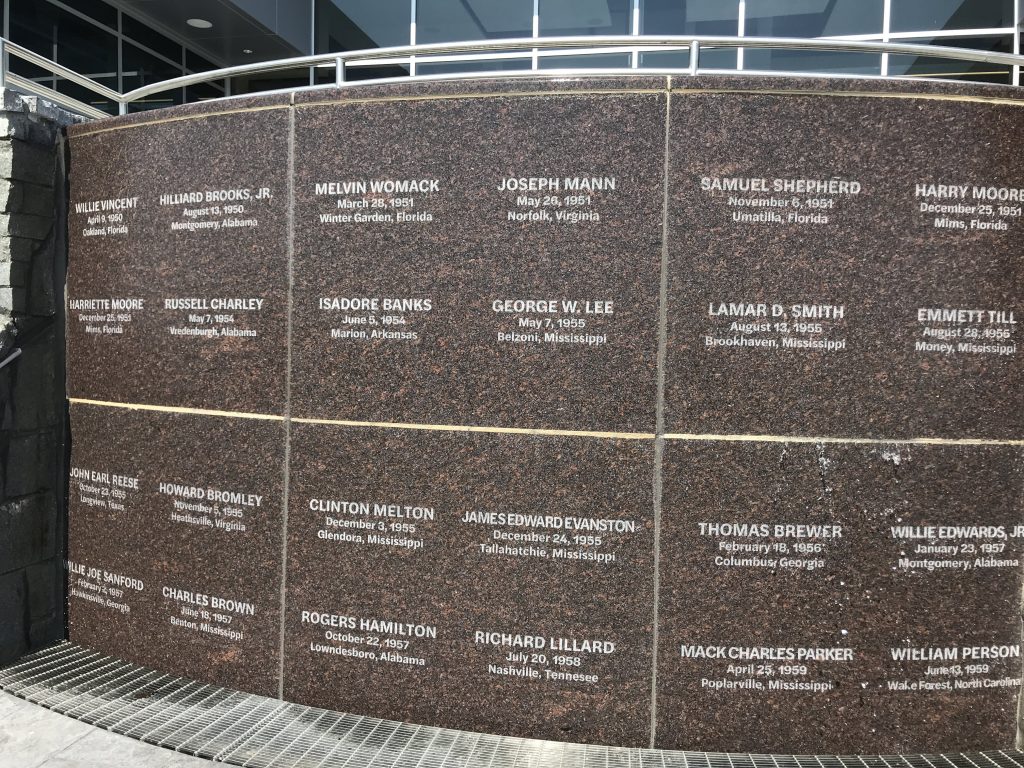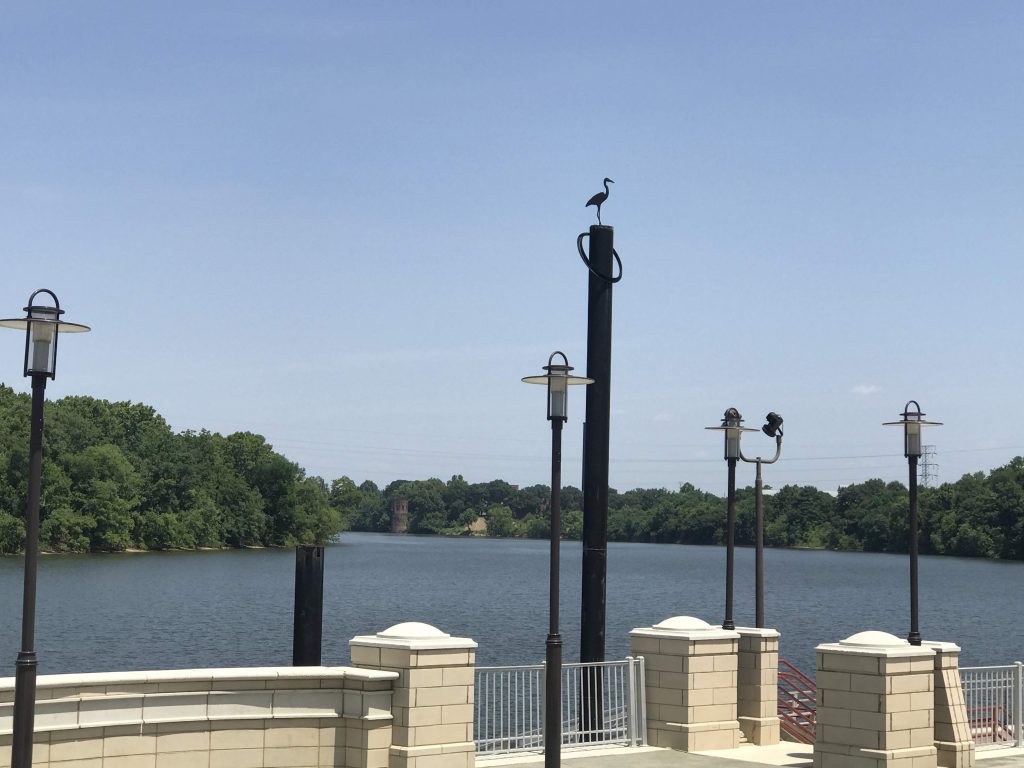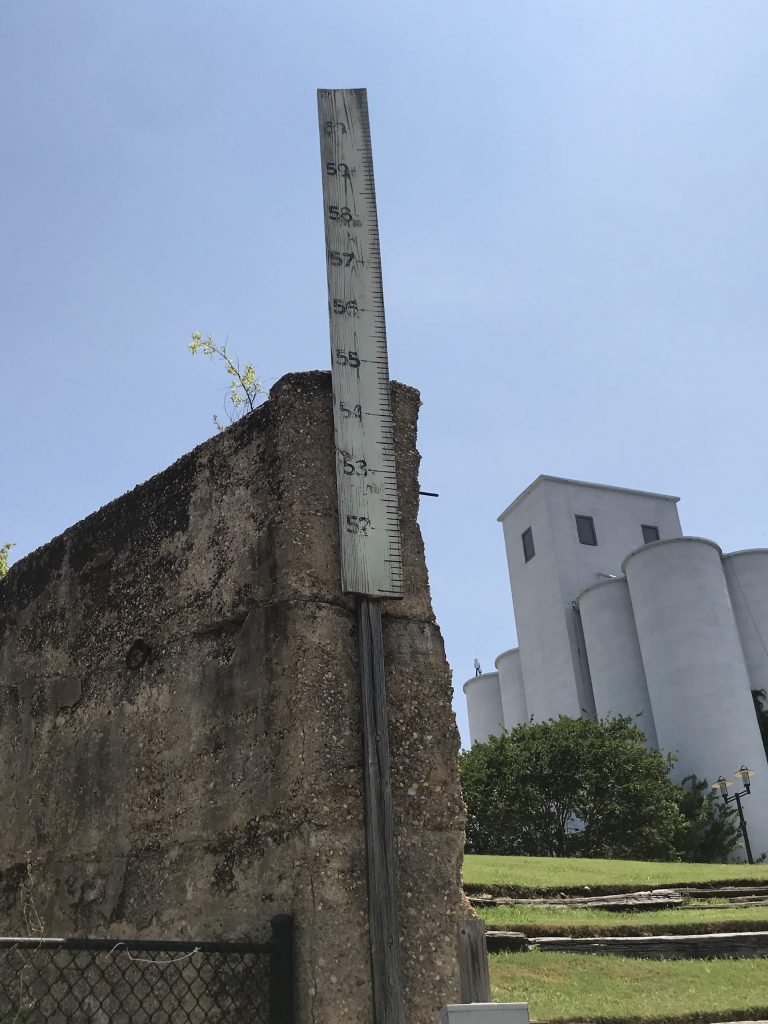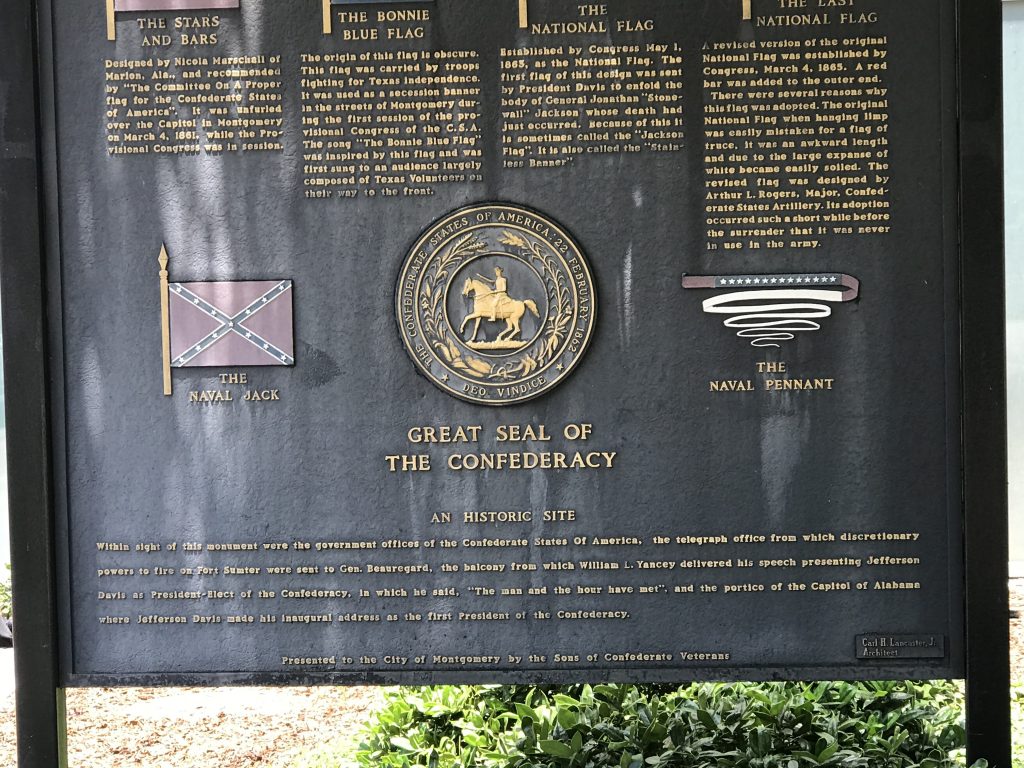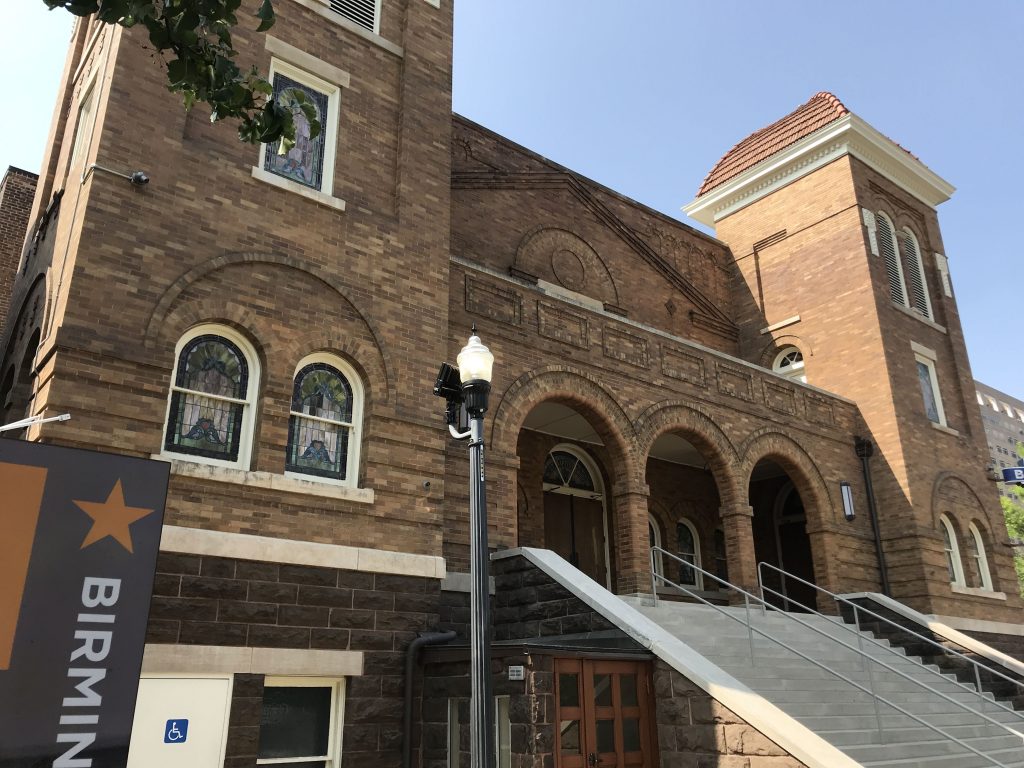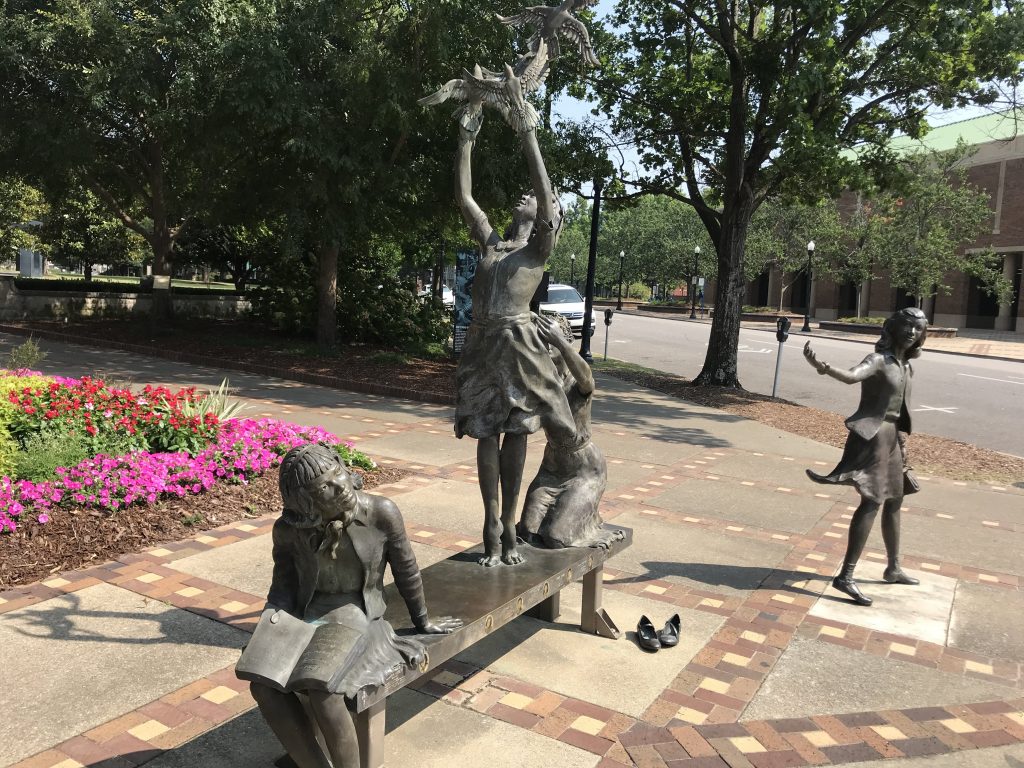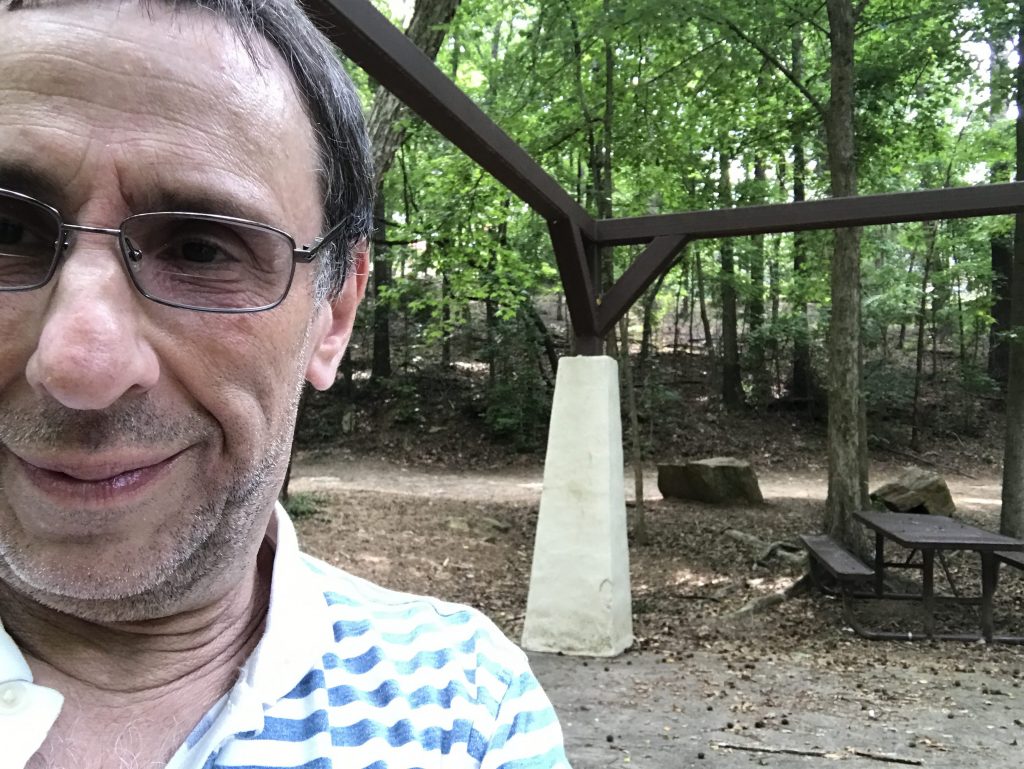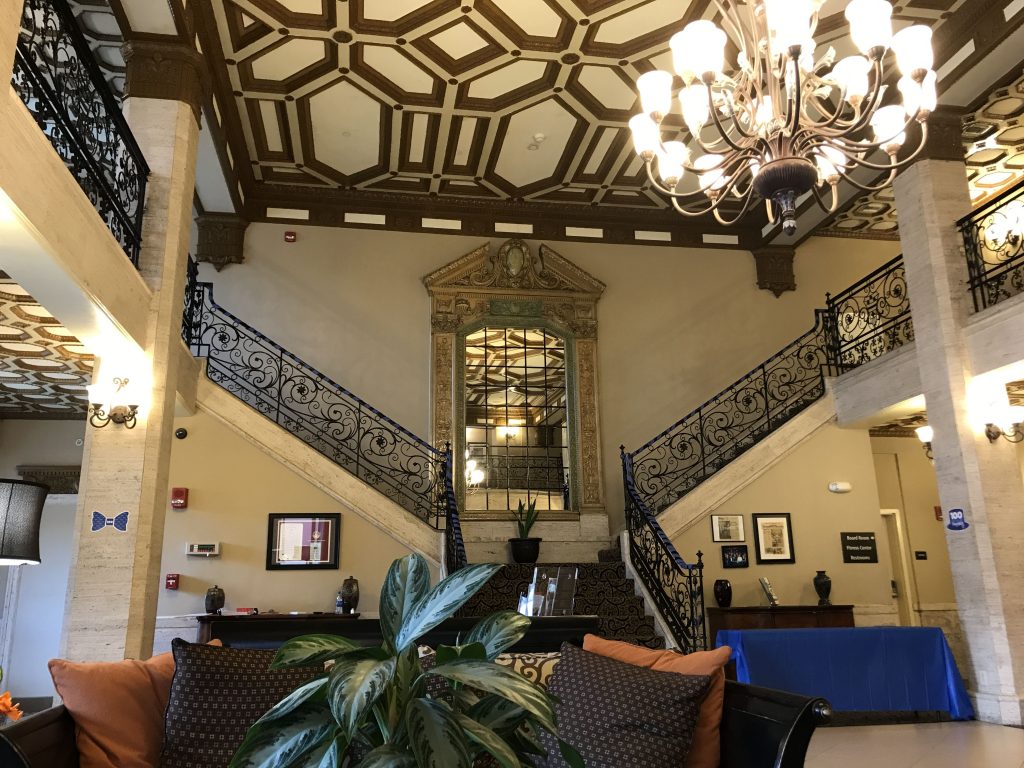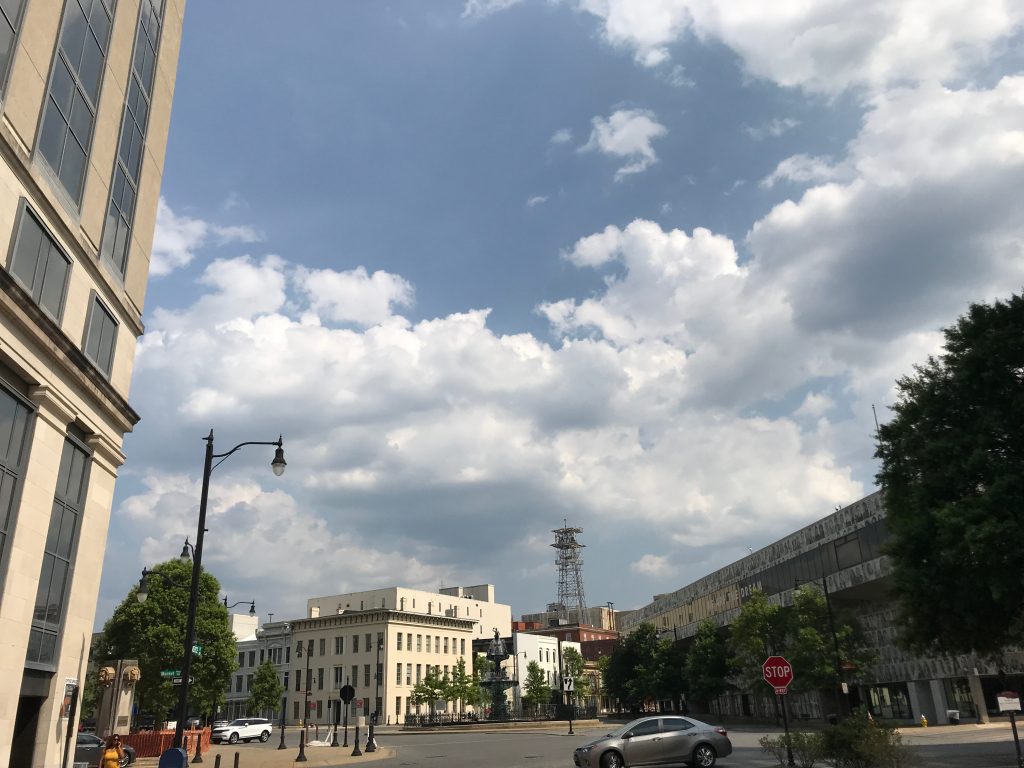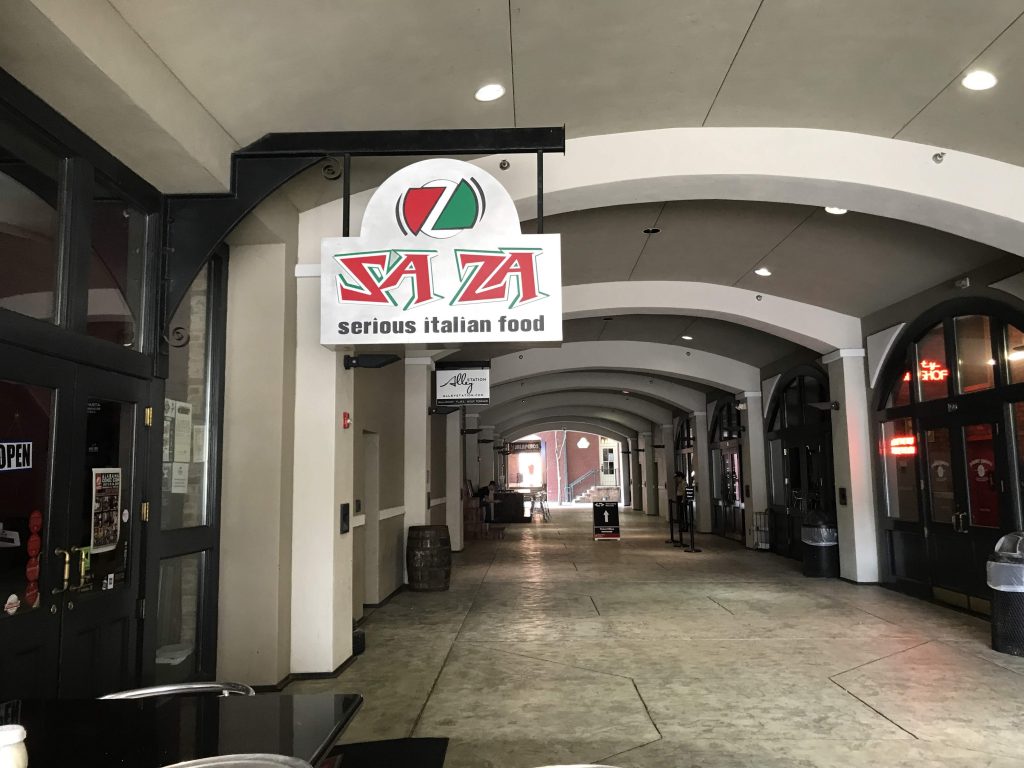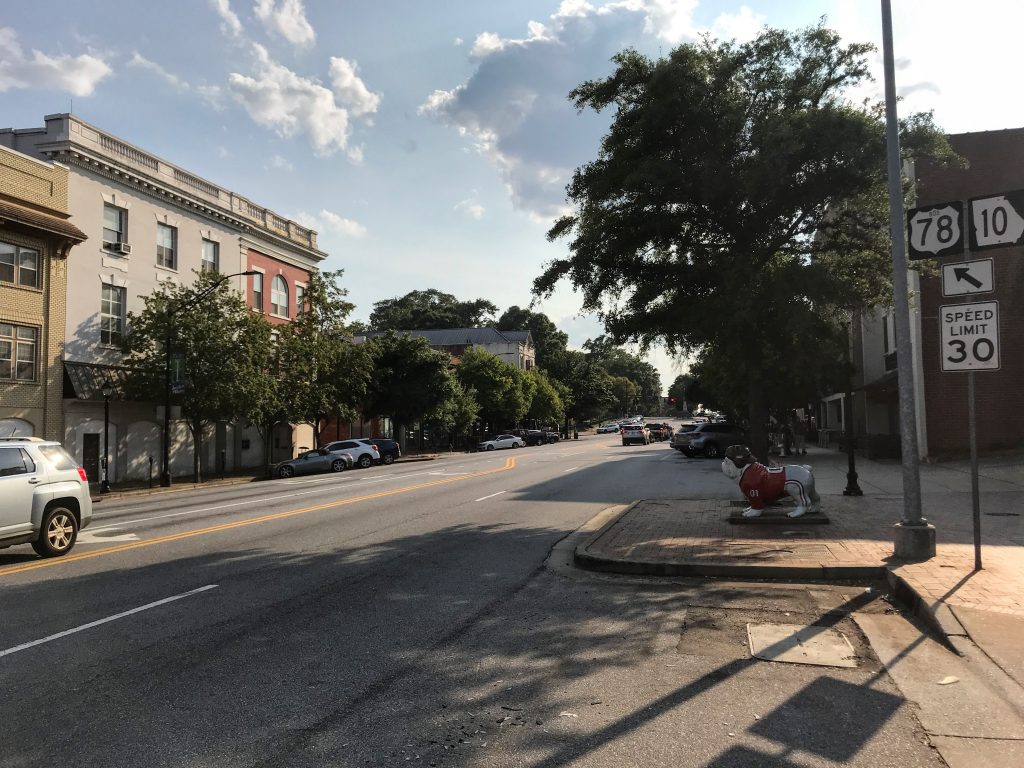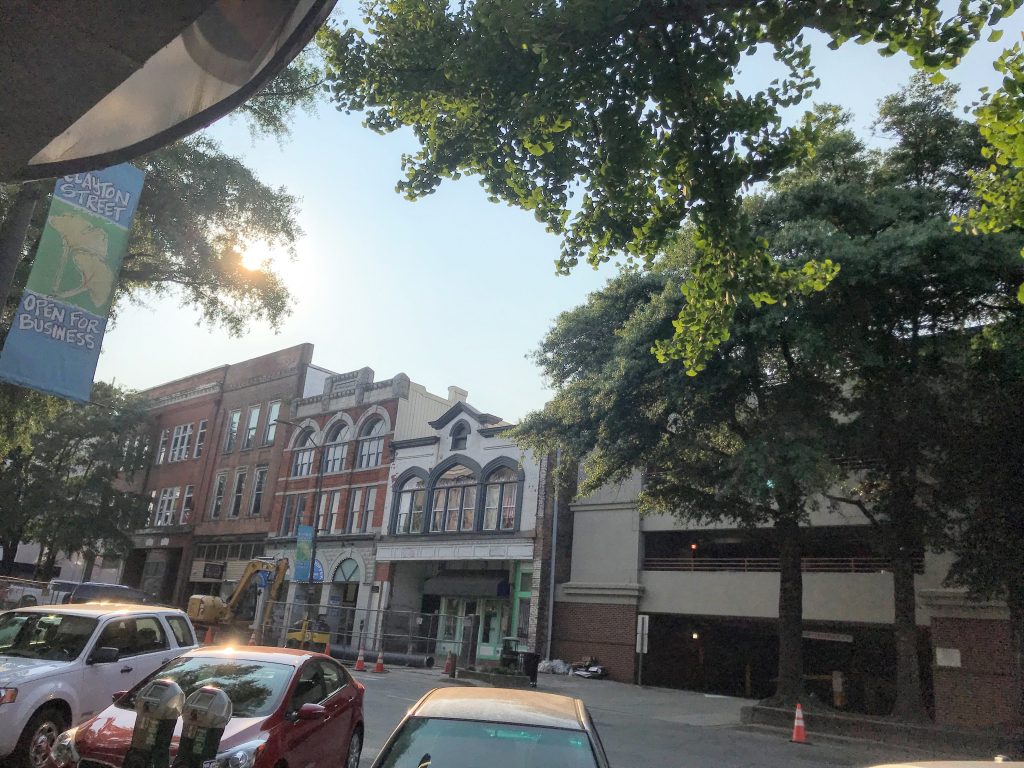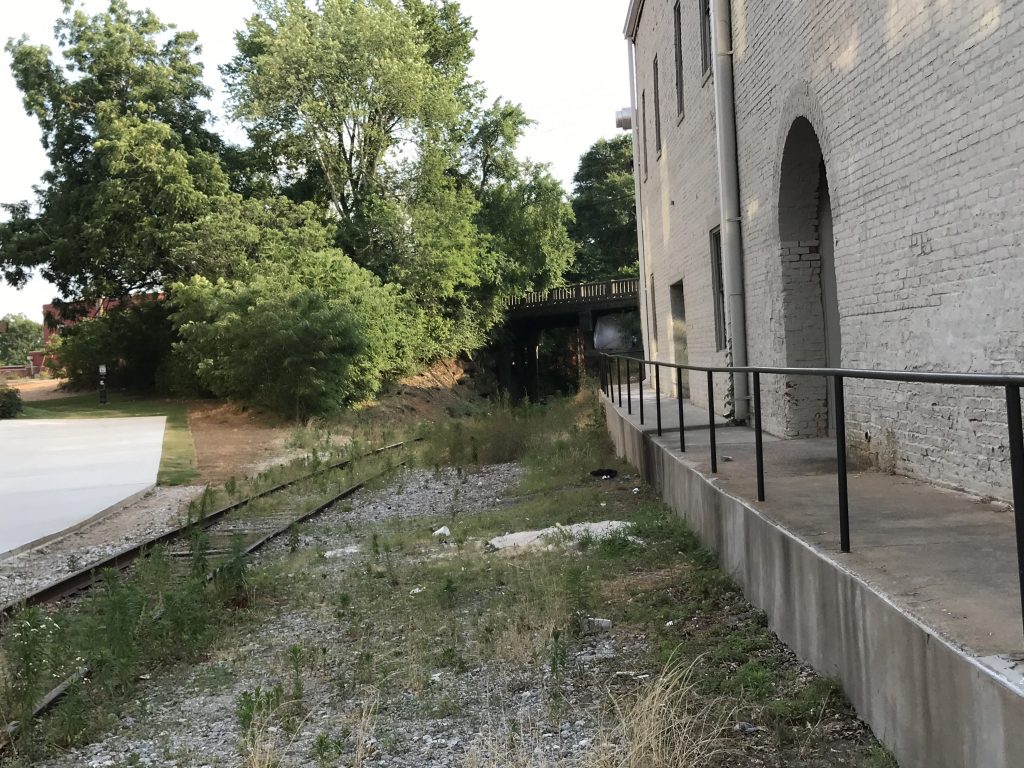Tulsa, OK to Enid, OK
Today is the midpoint of my trip – 19 days since I started, 19 days till I’m done. The midpoint of a trip usually represents the farthest away you get from home, and when you start returning home. In this case, that isn’t true because I am flying home. But the midpoint symbolically means I am on the way home, since from now there is less of the trip remaining than the time I’ve already spent. It also means I am more than halfway to San Francisco and have traveled roughly half the miles I planned to travel.
While in Tulsa, I considered it a must to observe the 1921 race riot.
Over a night and day of violence on May 31 and June 1, 1921, armed white mobs indiscriminately shot African Americans in the then-prosperous Greenwood neighborhood (called the “Black Wall Street”), and set fire to black-owned businesses and homes. The death toll was about 300 African Americans. 10,000 were left homeless and 6,000 were detained in camp-like conditions for several days.
No one was ever charged for crimes committed during the riot. For 75 years, there was no public commemoration or apology. In the Tulsa city library, articles about the riot and the formation of lynch mobs were cut out of that day’s issue of The Tulsa Tribune. (Source: New York Times 5/31/1996). Only in the last 25 years have there been a few, still incomplete, efforts at commemoration and reconciliation.
To this day, and despite lawsuits, no compensation to victims has been paid, except for some 300 college scholarships awarded to descendants of survivors starting in 2003.
I went to the Greenwood Cultural Center, where they have a memorial and a historical exhibit about it.
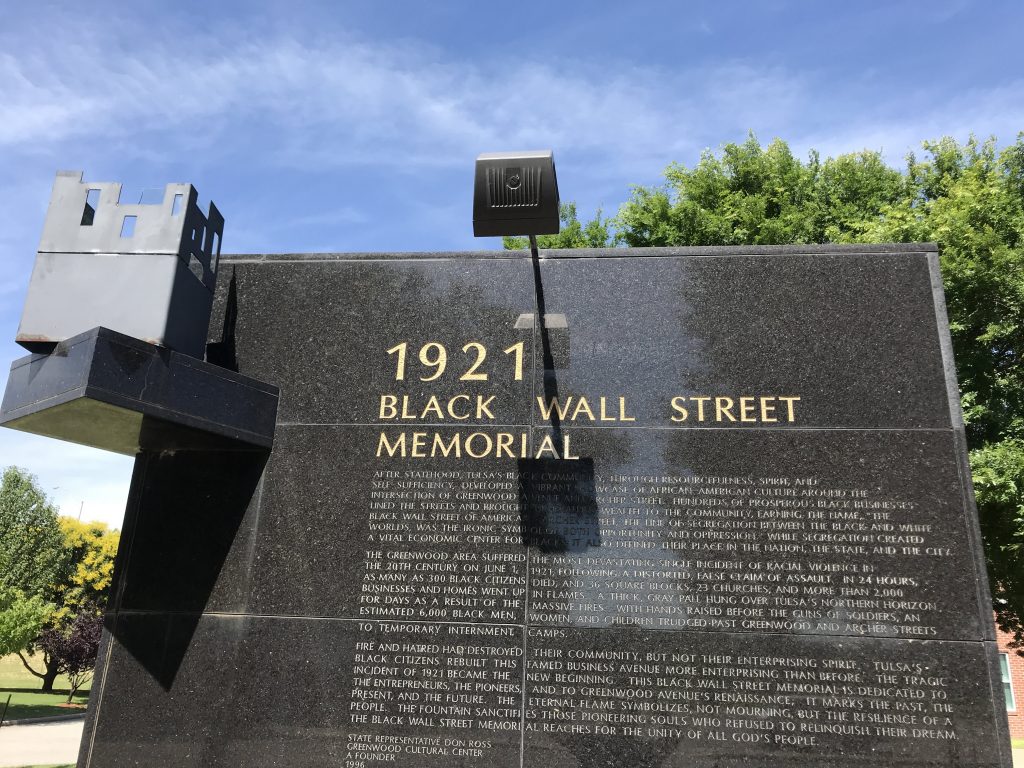
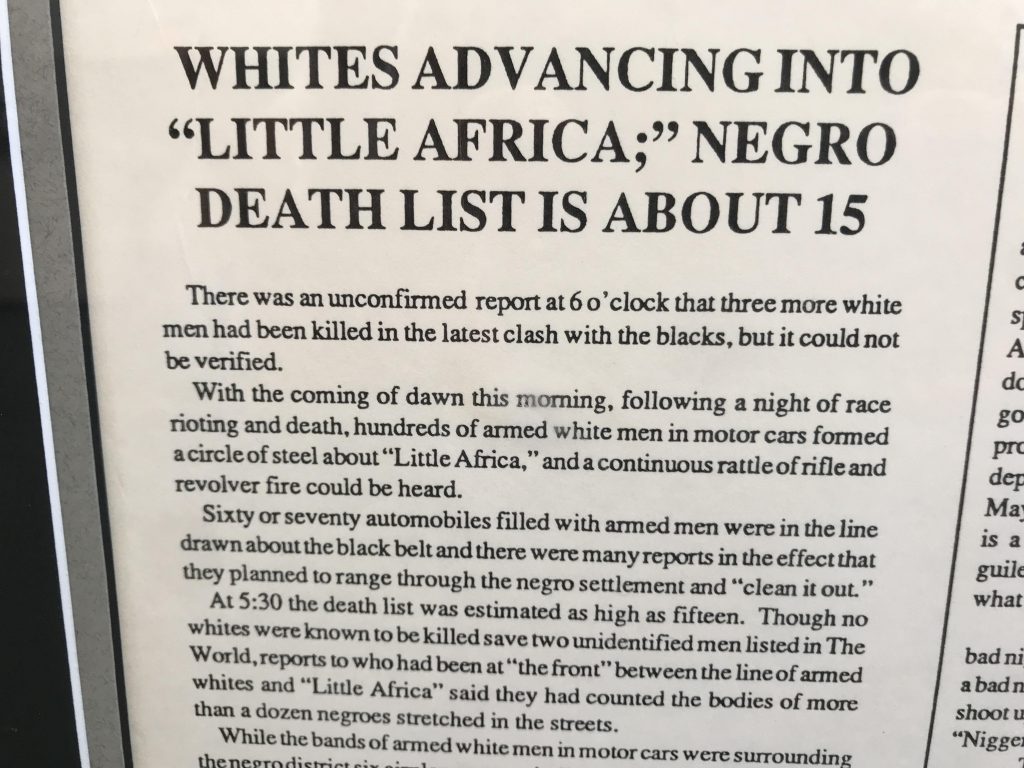
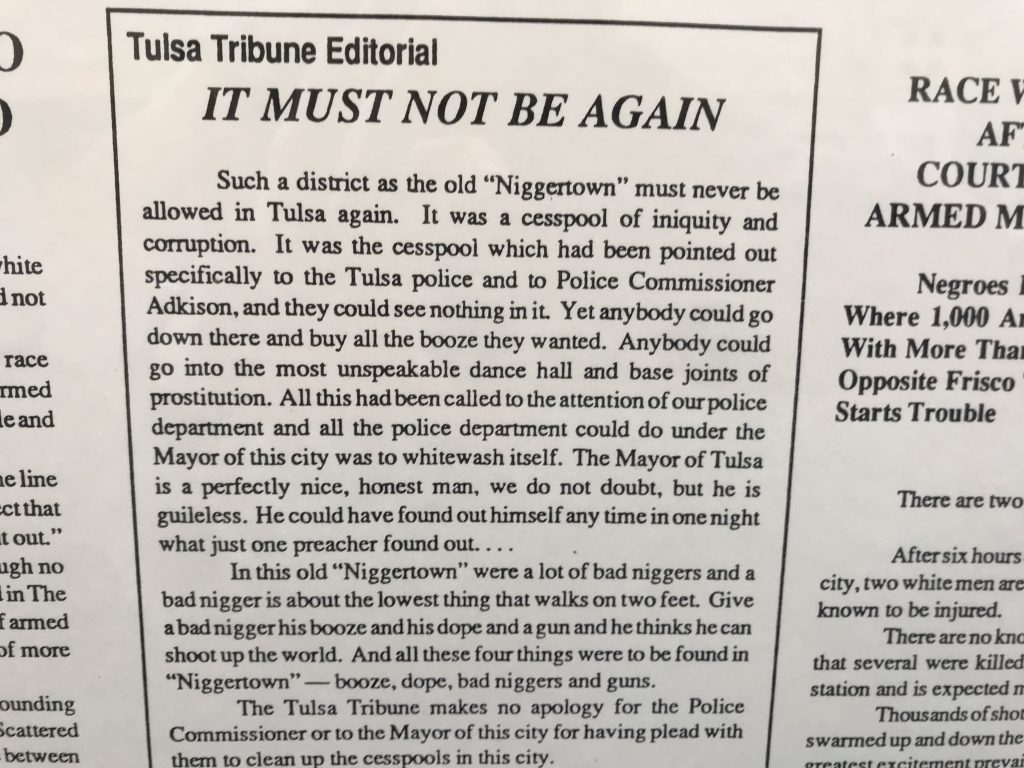
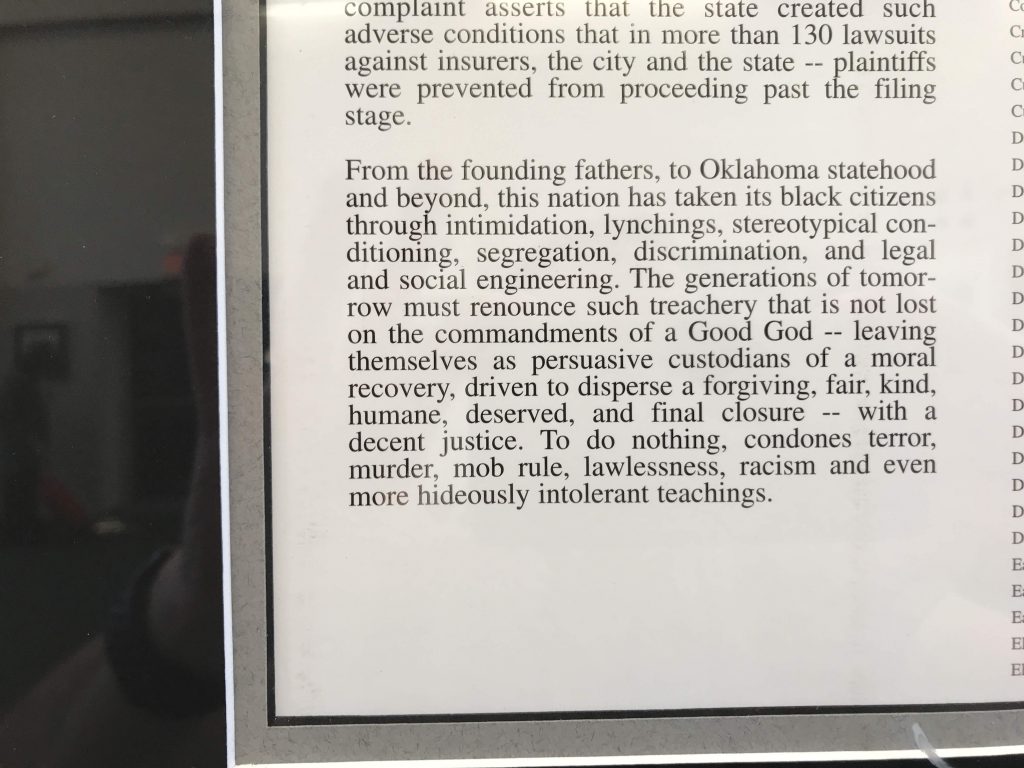
In the backyard of the center, happy black and white children were playing in the sun, a symbol of rebirth.
Drove north of Tulsa and into Osage County.
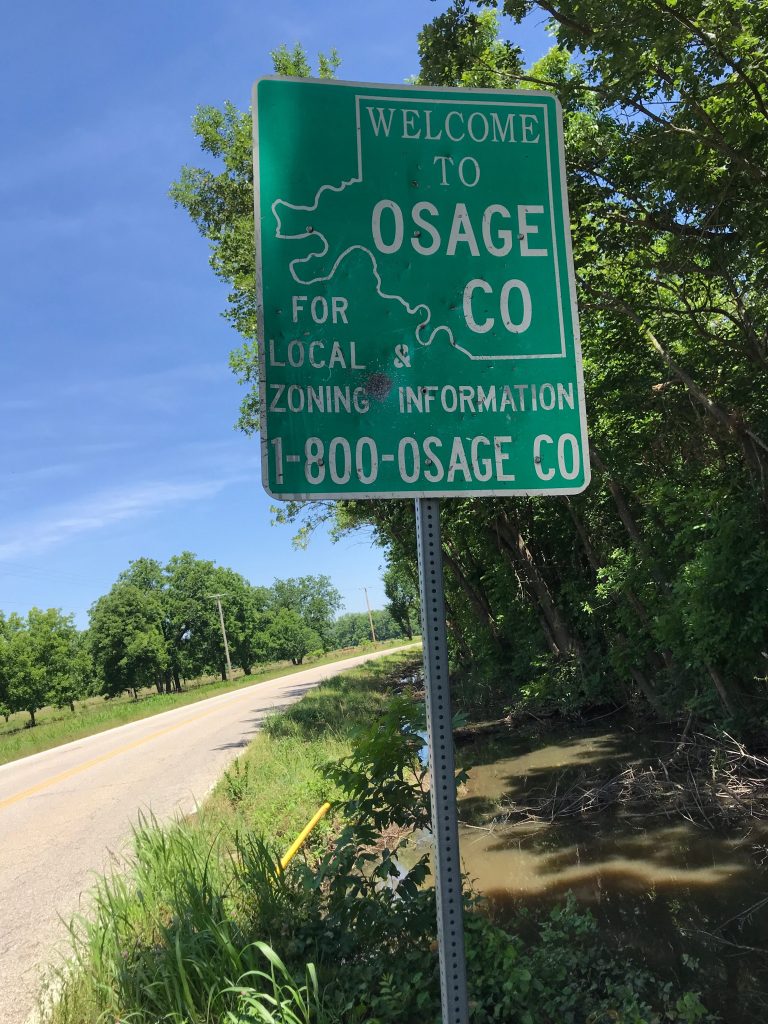
Saw a lot of oil drilling rigs.
Visited the Osage County Historical Society in Pawhuska. It was a little disappointing – it’s a museum of the county, not the Osage nation. There was as much about whites there as about Native Americans, if not more. I need to read more deeply to appreciate Native American history.
Next, to the Nature Conservancy’s Tallgrass Prairie Preserve, also in Osage County. This is what I came to Oklahoma for. Grassland going all the way to the horizon 360° around me, and for a while I couldn’t see any other people or cars. No sound but the wind.

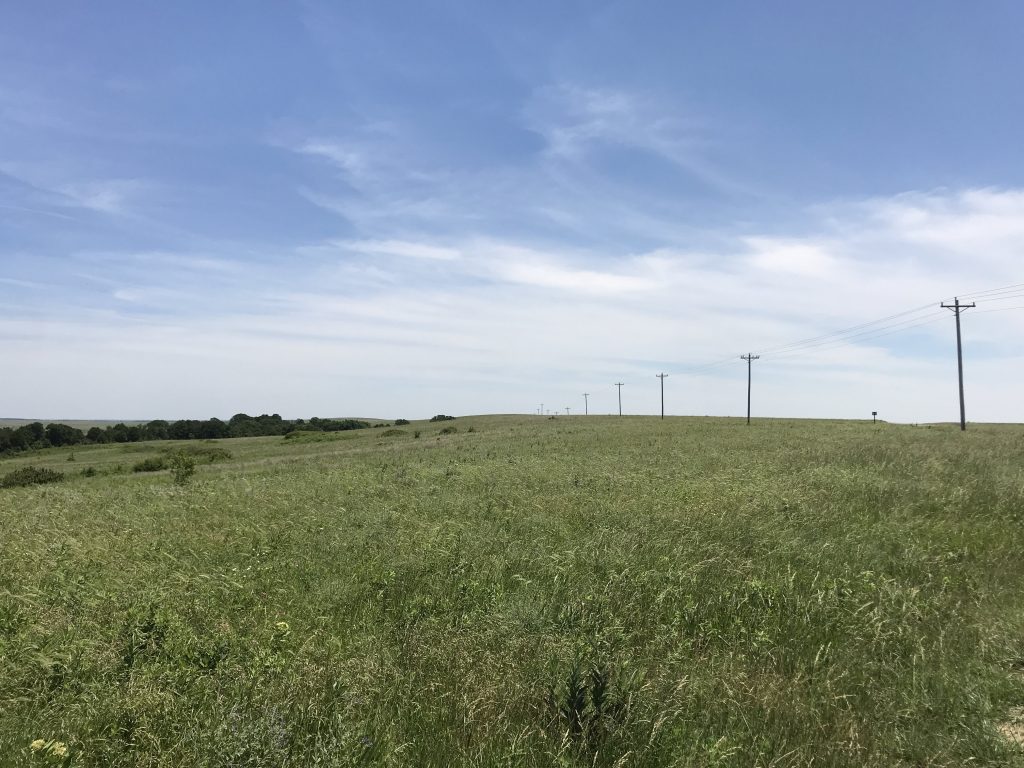
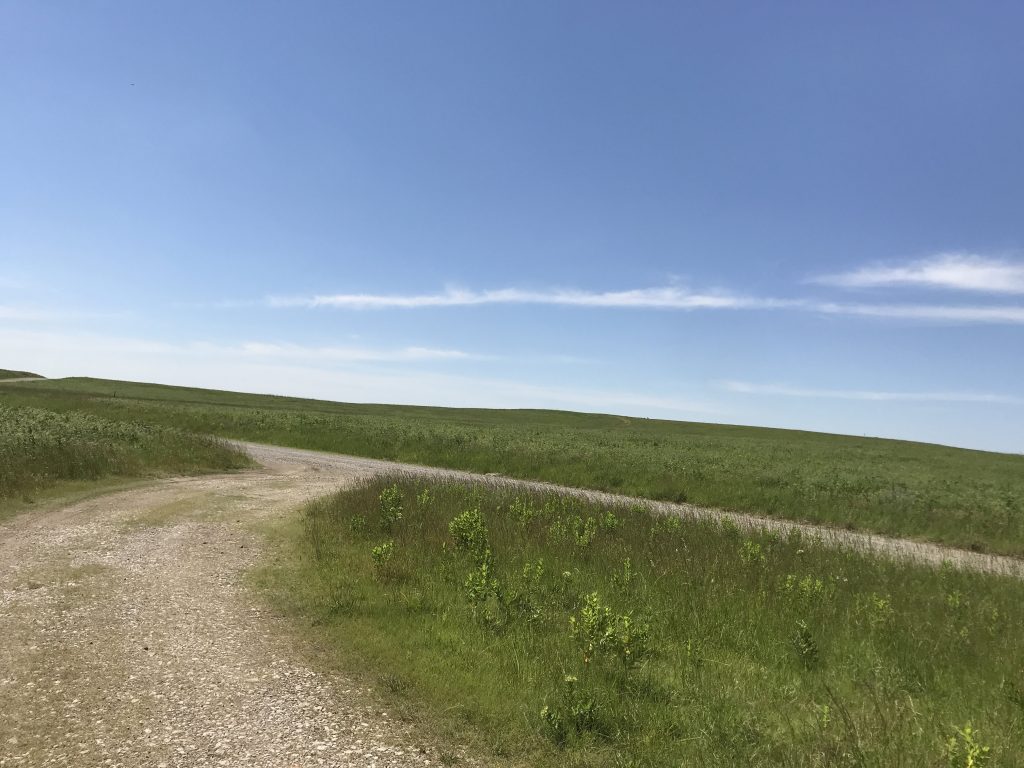
The Tallgrass Prairie Preserve is the largest intact area of original tallgrass prairie left in the United States. Was happy to be there.
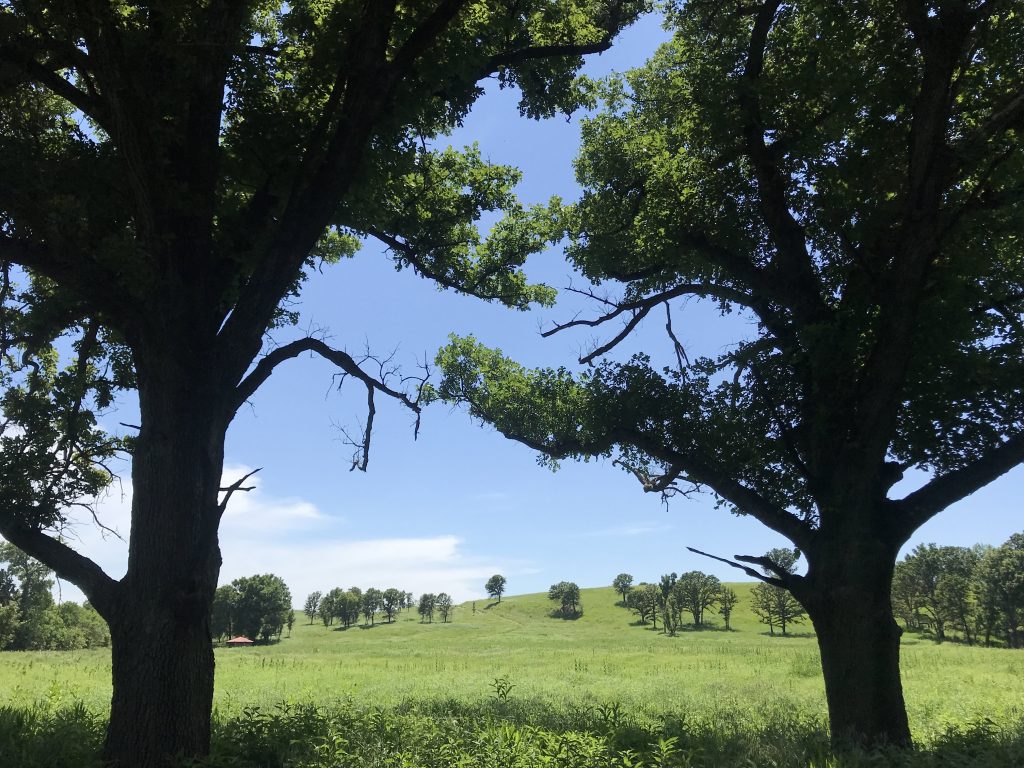
Left the preserve. I passed the Osage Casino in Ponca City and out of curiosity I went in. By Las Vegas Strip standards, it was small. It was mostly slot machines with a few customers, with an automatic craps table no one was using, and blackjack tables that no one was at. I didn’t make any bets.
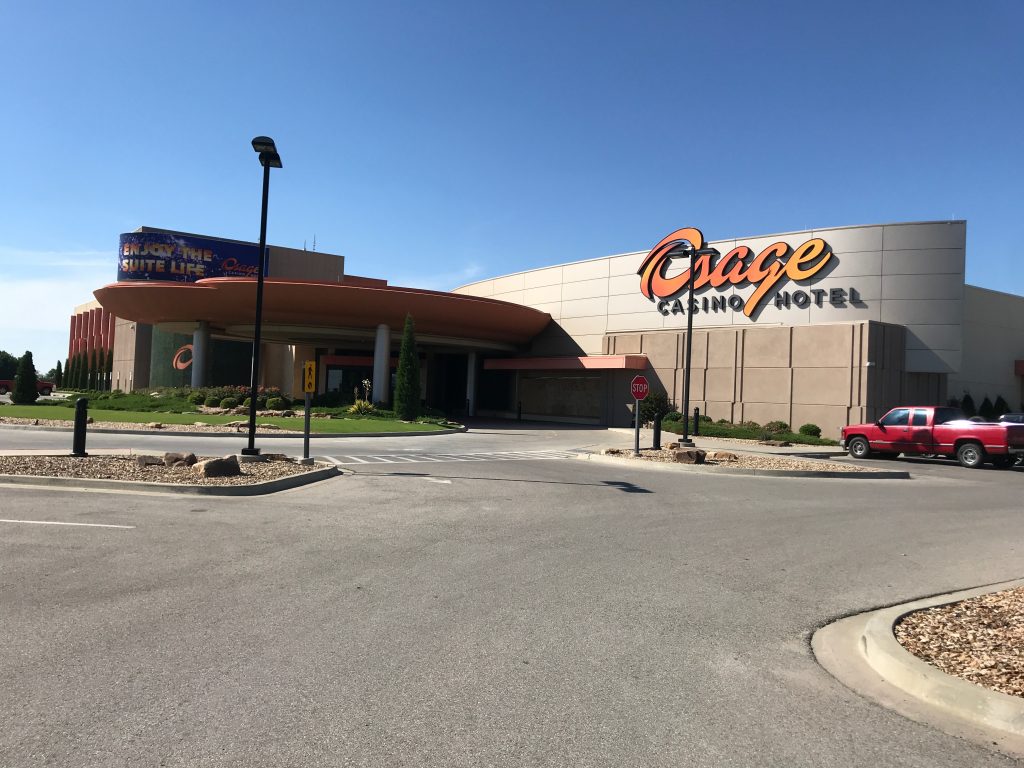
After that I passed about four more Native American casinos.
At 630 PM I got to Enid. Got a warm Western welcome at my hotel, Western Inn and Suites.
In 1928 (oil boom time), Frank Iddings wrote a song, “Enid, The City Beautiful” that went in part “You’re right in the center where the best wheat grows and you’ve got your share of the oil that flows.” (Wikipedia)
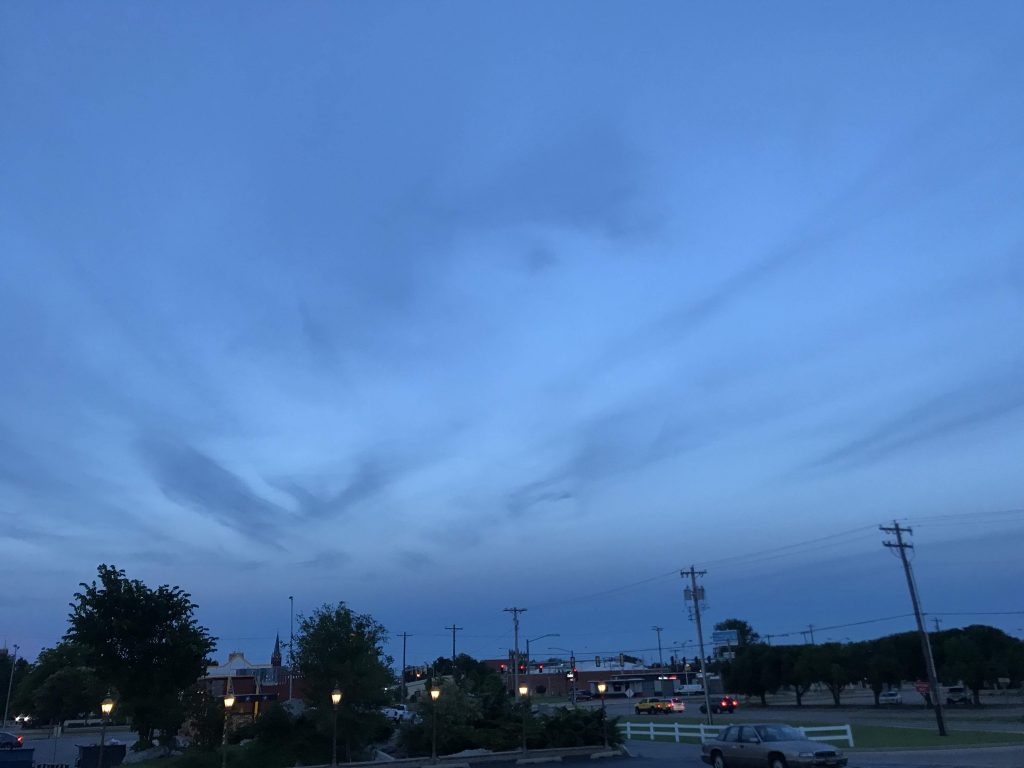
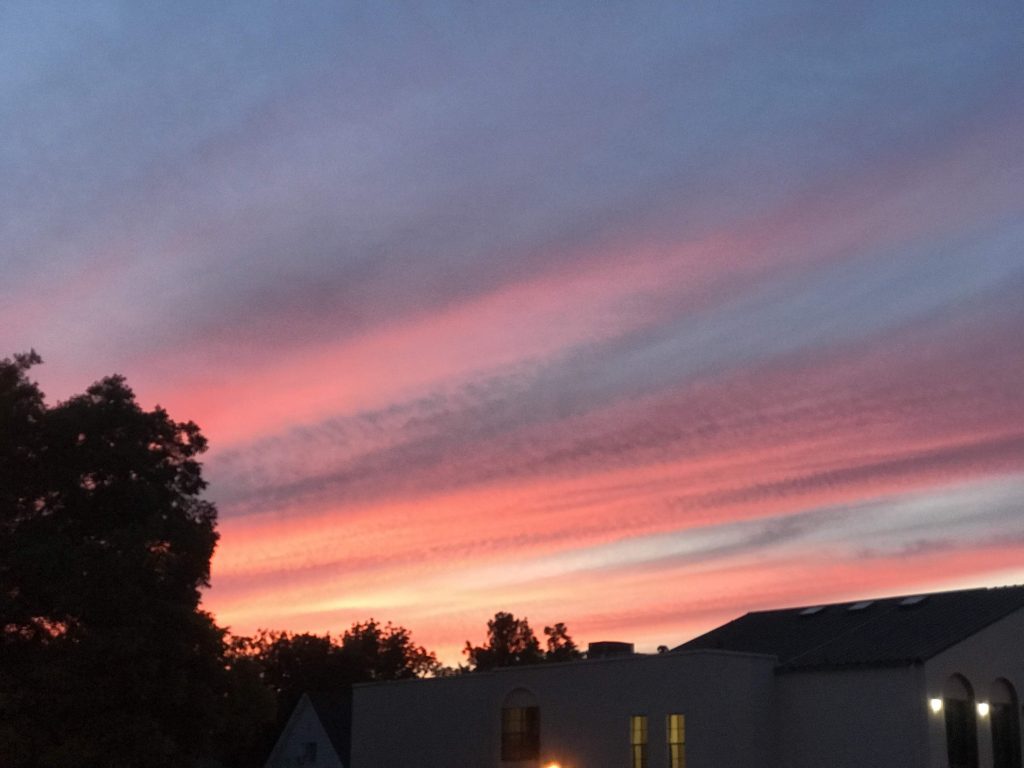
There was a breathtaking sunset. Sat outside the hotel for a while. The night was nice.
